US Imposes 25% Tariff on Indian Imports
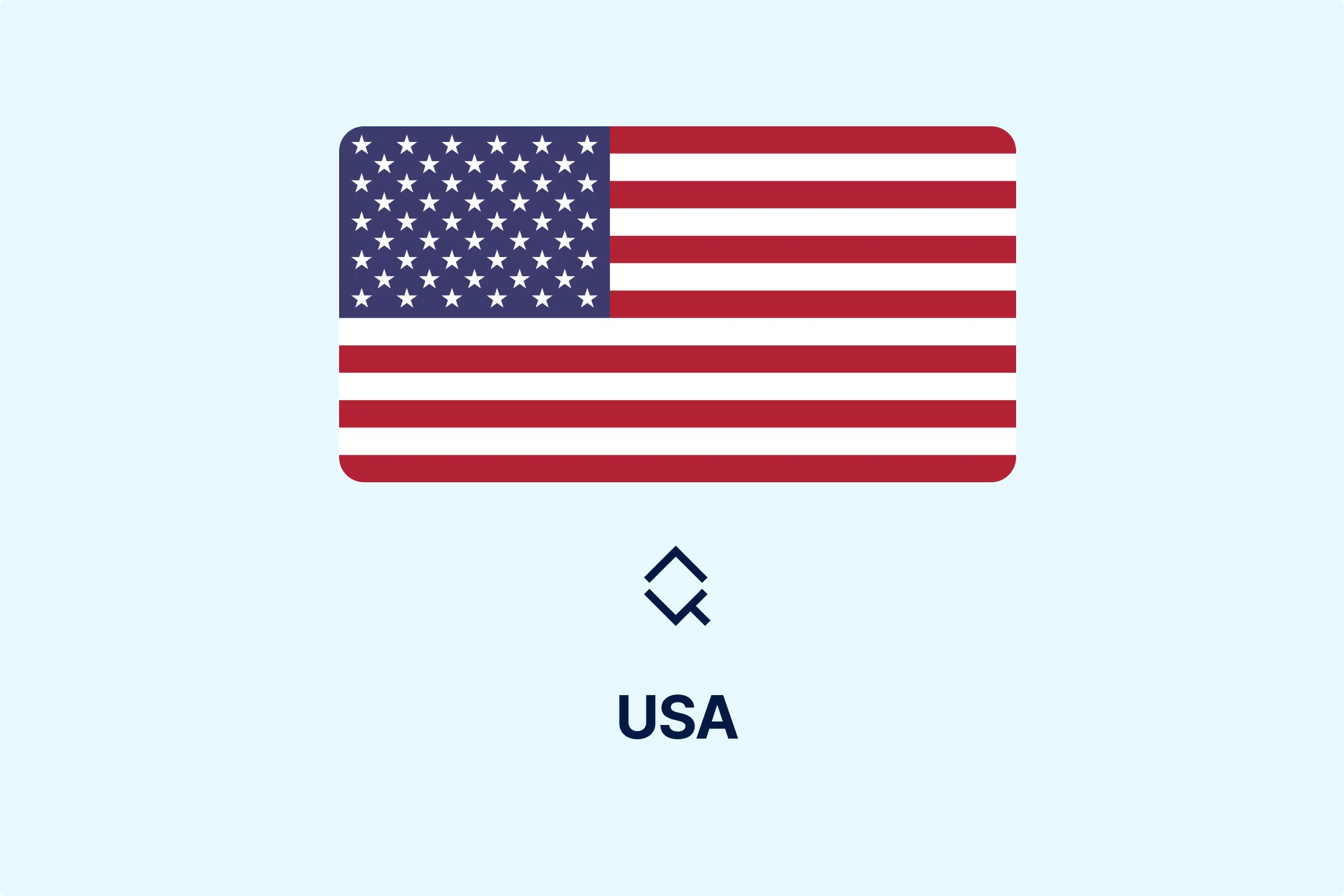
On August 6, 2025, US President Donald Trump signed an executive order imposing additional tariffs on certain products imported from India. The decision to impose additional tariffs was justified by the fact that India imports Russian oil both directly and indirectly, which opposes the US executive order from 2022 prohibiting the importation of certain products of Russian origin, including crude oil and petroleum products.
Impact of the Imposed Additional Tariffs
A new 25% import tariff is added on top of any other existing taxes, fees, or tariffs, including those introduced in April 2025. As a result of the imposed additional tariff on certain imports from India to the US, the total tariff under the International Emergency Economic Powers Act is now 50% of the goods’ value.
However, the 25% additional tariff will not apply to products already covered by current or future measures under section 232 of the Trade Expansion Act of 1962, or to products that appear on the exemption list in Annex II of Executive Order 14257.
Some of the products covered by Annex II include steel and aluminum products already subject to tariffs under previous proclamations, as well as automobiles and auto parts that are already facing duties. Other specified products include copper, pharmaceuticals, semiconductors, lumber, certain critical minerals, and energy products.
Nevertheless, starting from August 27, 2025, goods brought into the US from India for sale or taken out of storage for sale will be subject to additional tariffs. However, if the goods subject to these tariffs are shipped before August 27 or are brought into the US before one minute after midnight on September 17, 2025, Eastern time, they are not subject to additional tariffs.
Conclusion
The effect of the adopted measure, which represents a significant escalation in trade restrictions tied to geopolitical concerns over Russian oil imports, will be felt on both sides of the trade relationship, impacting exporters in India and importers in the United States. Whether India will yield to pressure and align its policies with the US sanctions policy remains to be seen. Nonetheless, businesses on both sides will need to carefully navigate these changes to mitigate disruption and comply with evolving regulatory requirements.
Source: EY, The White House

Featured Insights

Angola’s E-Invoicing Mandate: Phased Implementation Continues Into 2026
🕝 December 10, 2025
VAT Deduction and Business Succession: When Do Advisory Costs Serve the Company’s Interest?
🕝 December 8, 2025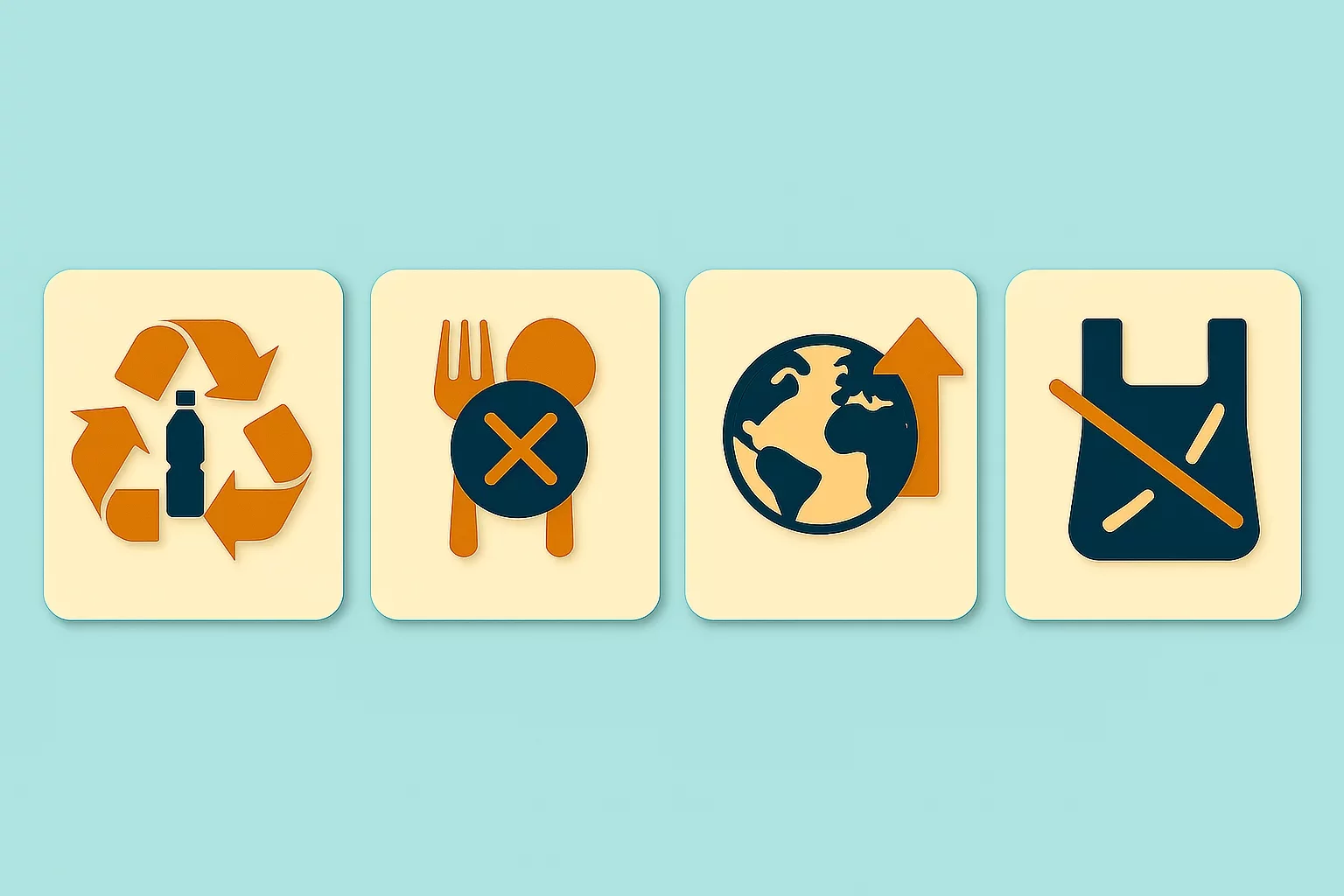
Europe’s Plastic Fiscal Shift: Why Italy’s Plastic Tax Now Starts in 2027
🕝 December 3, 2025
The Decline of Low-Value Import Exemptions: Closing Gaps in Cross-Border E-Commerce
🕝 November 20, 2025More News from United States
Get real-time updates and developments from around the world, keeping you informed and prepared.
-e9lcpxl5nq.webp)


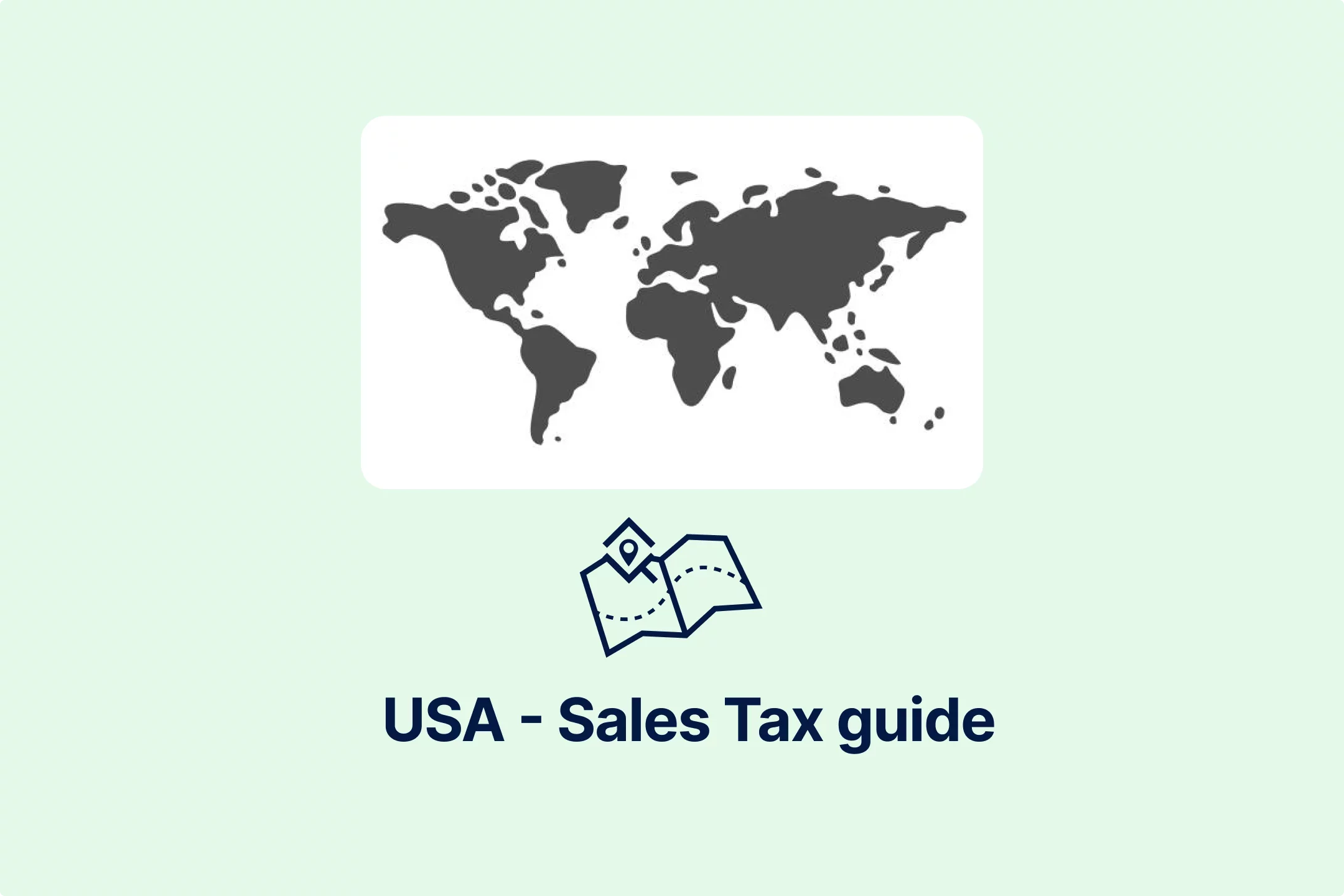
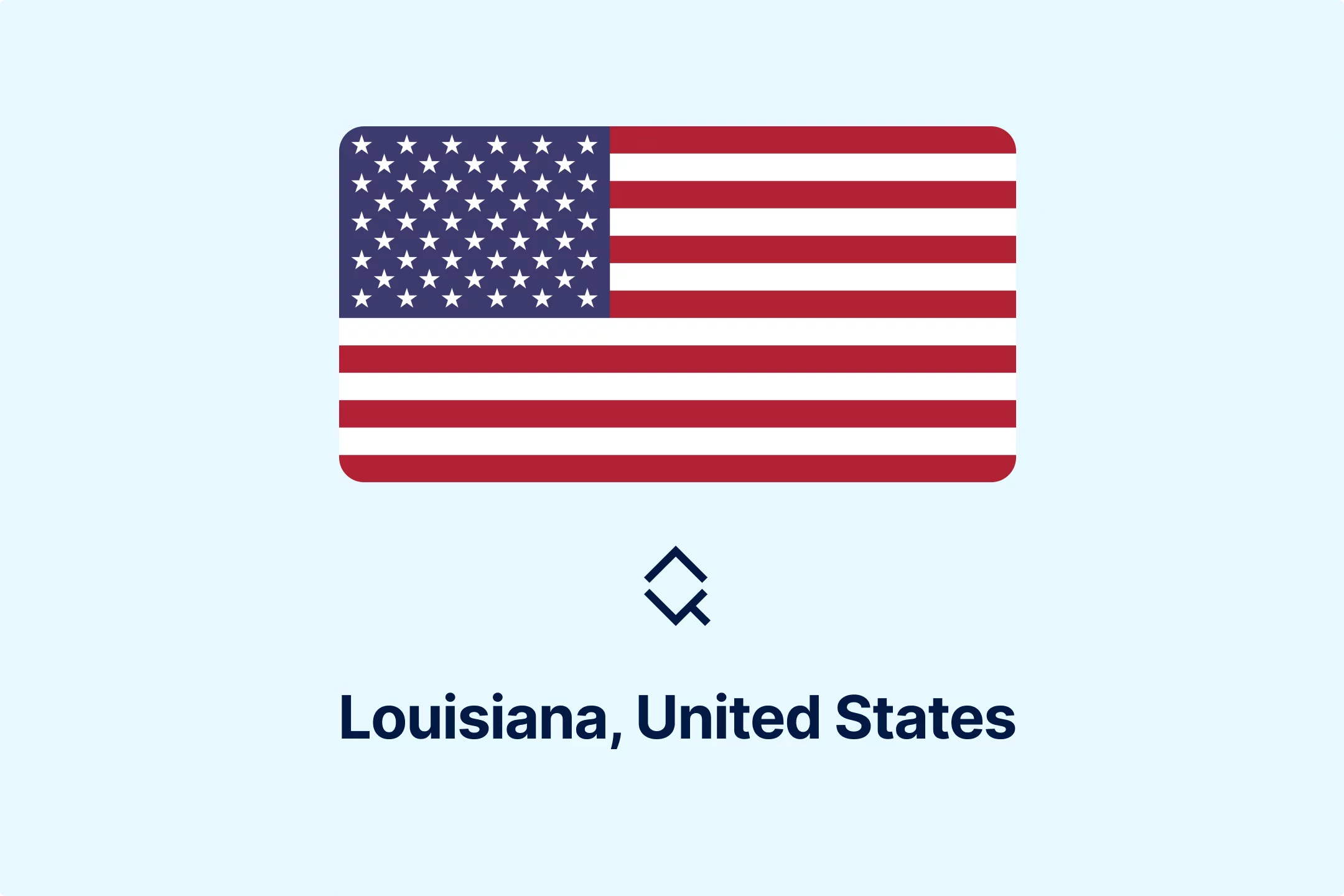
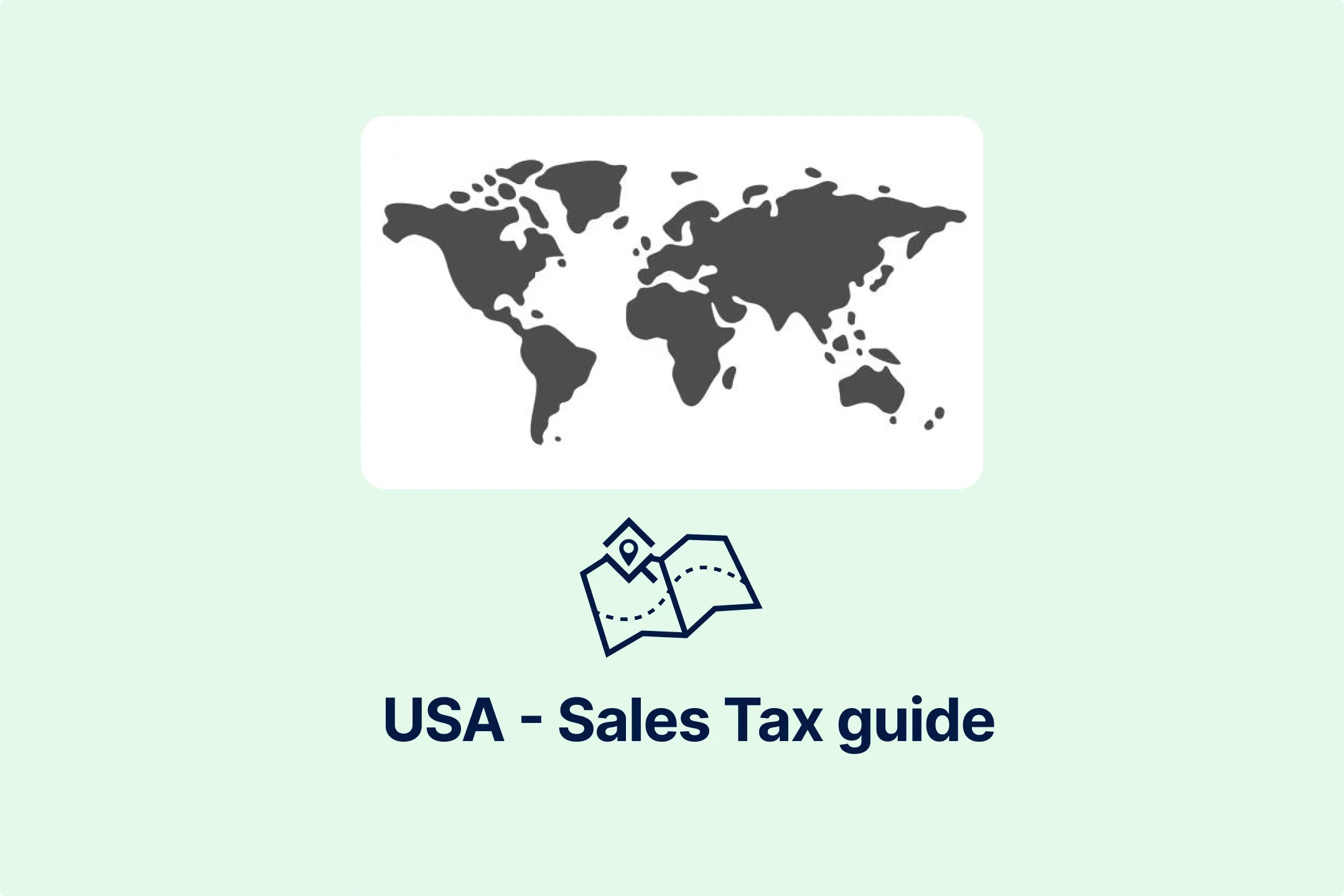
-o0xyg5unvs.webp)
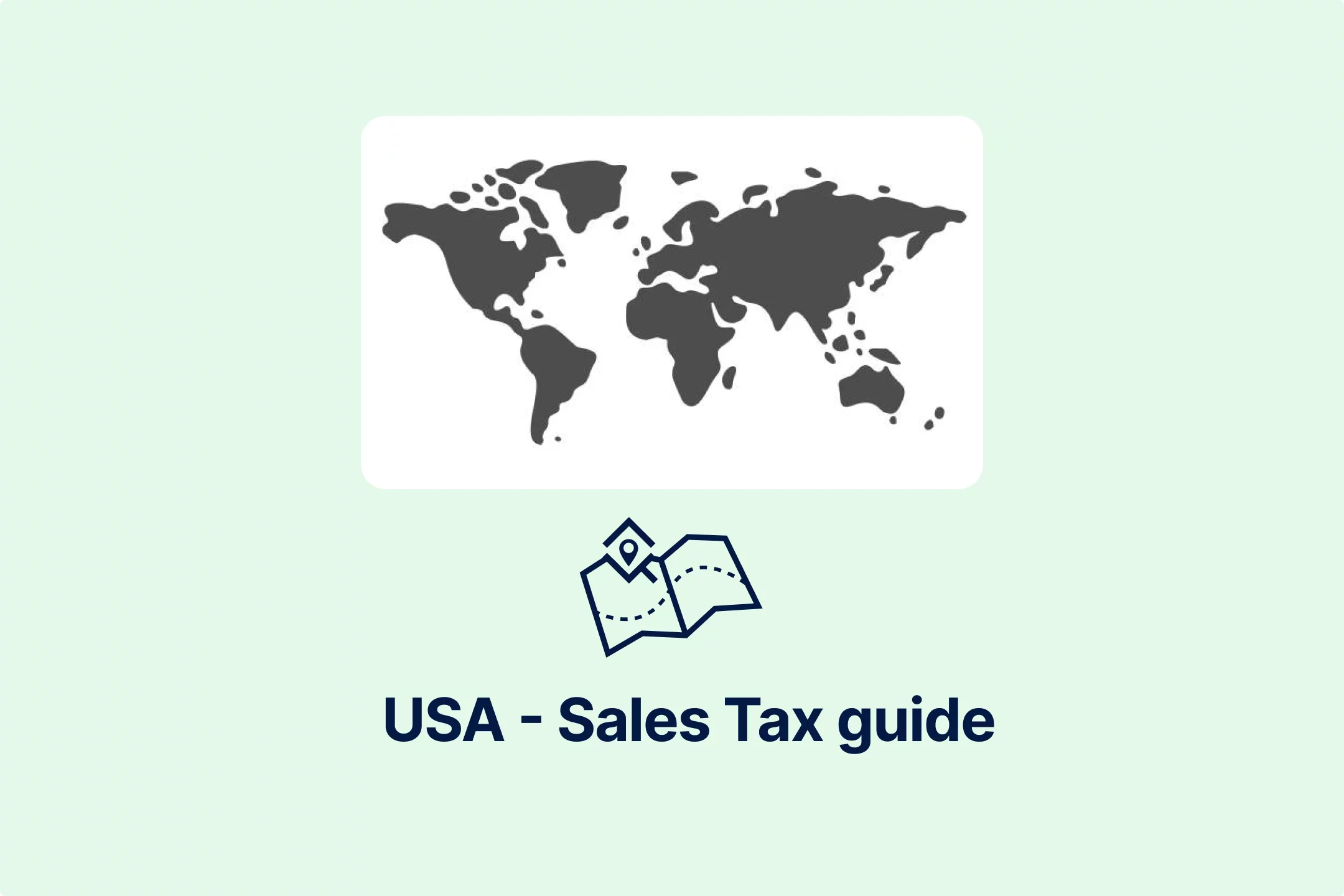
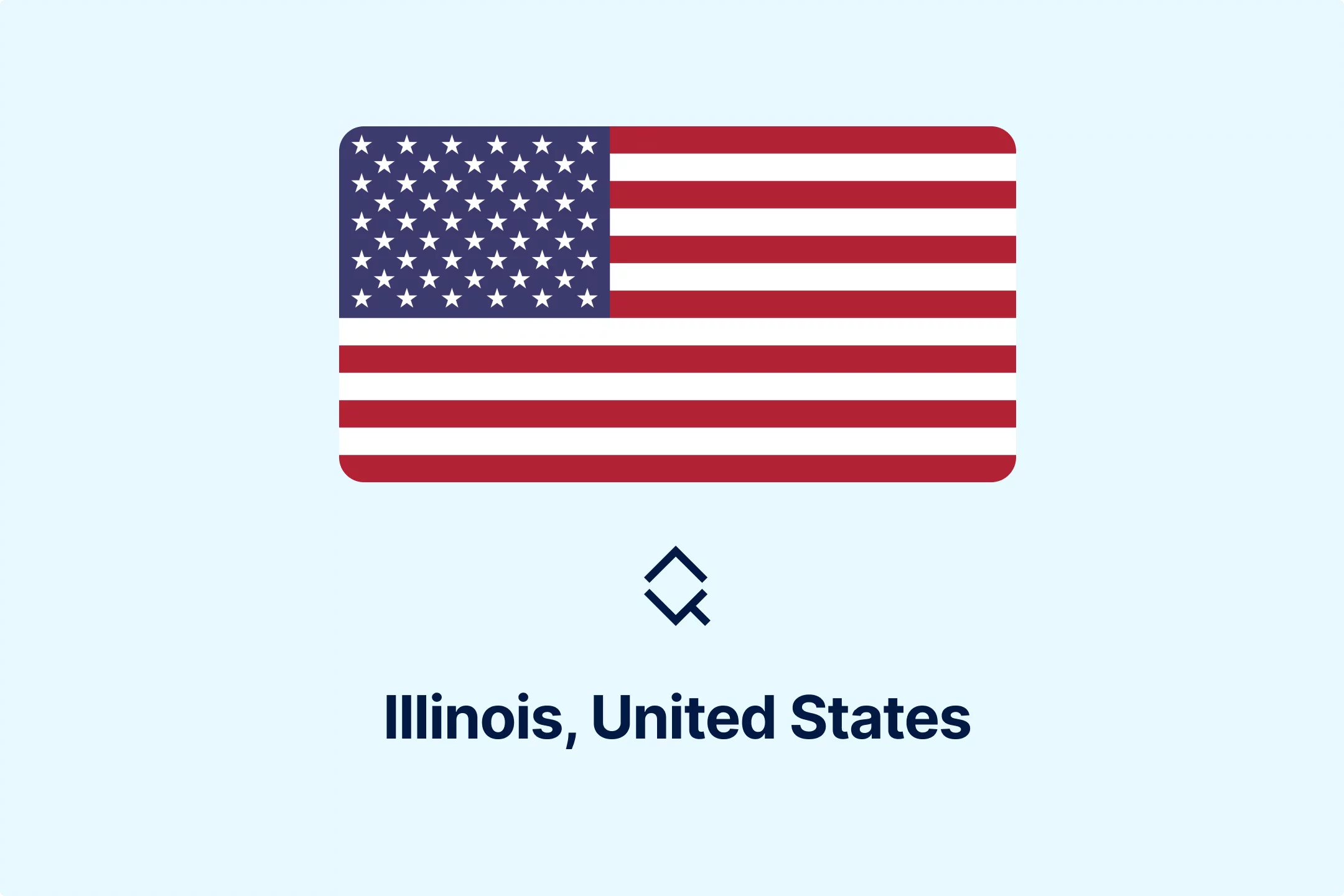
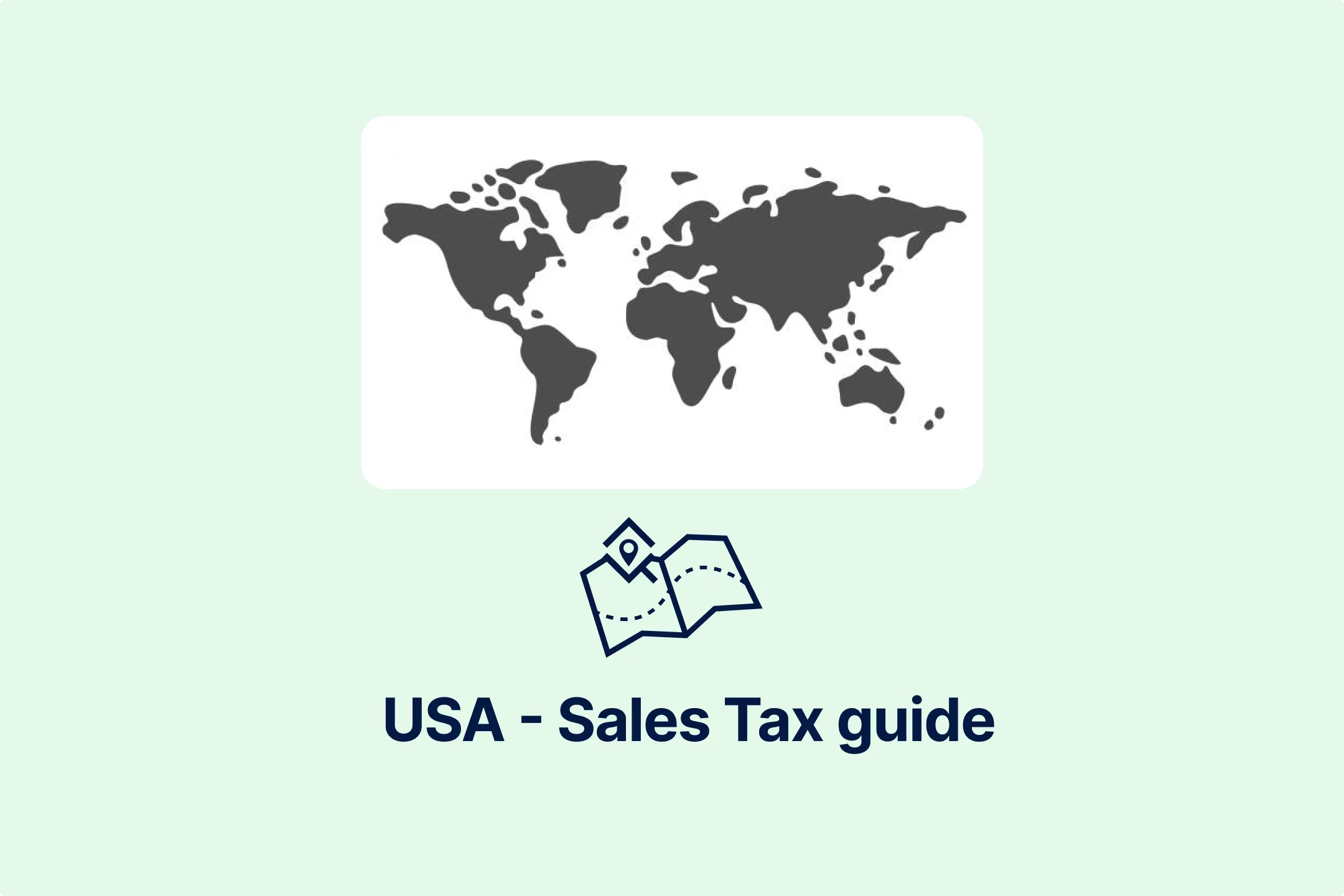

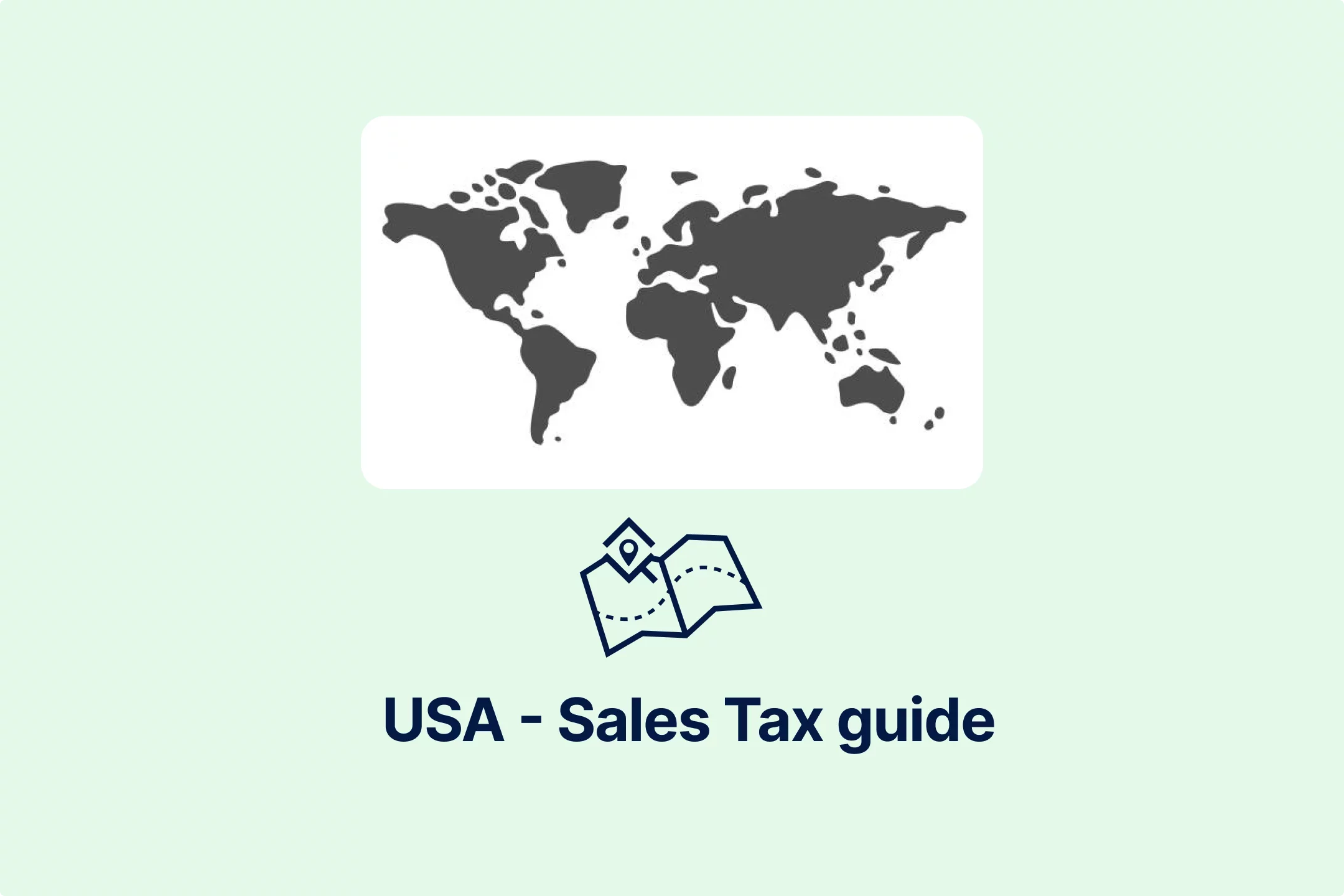
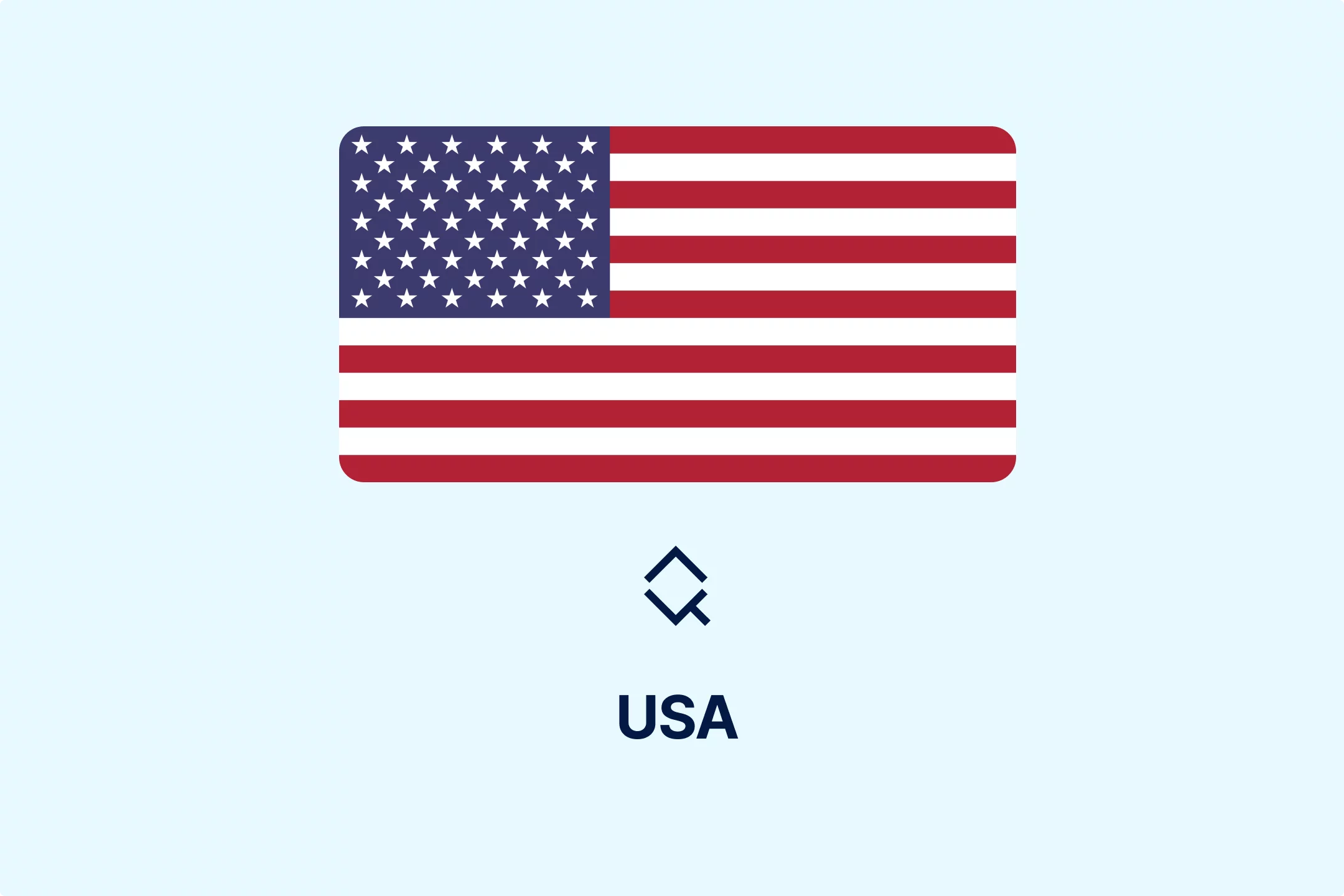
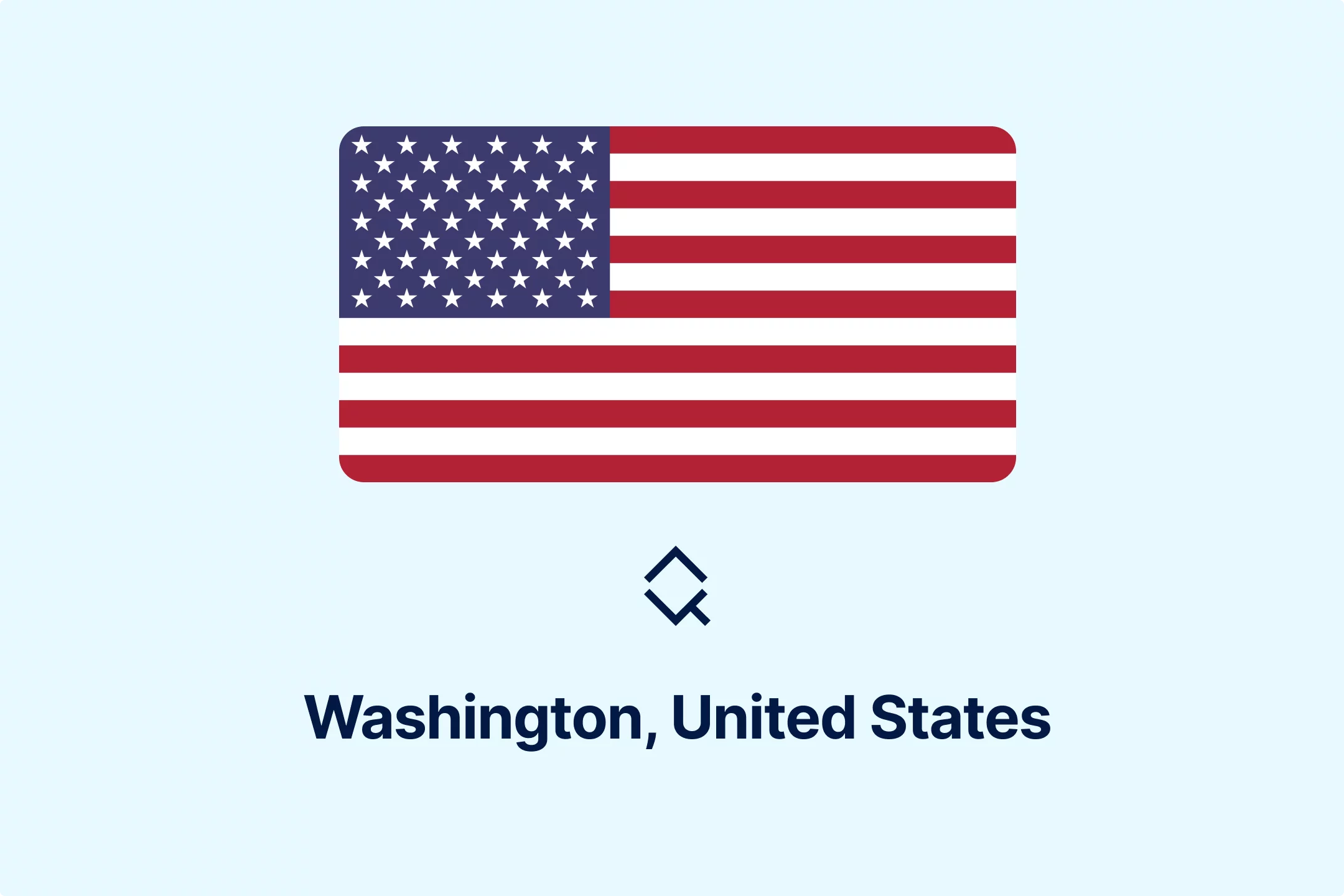
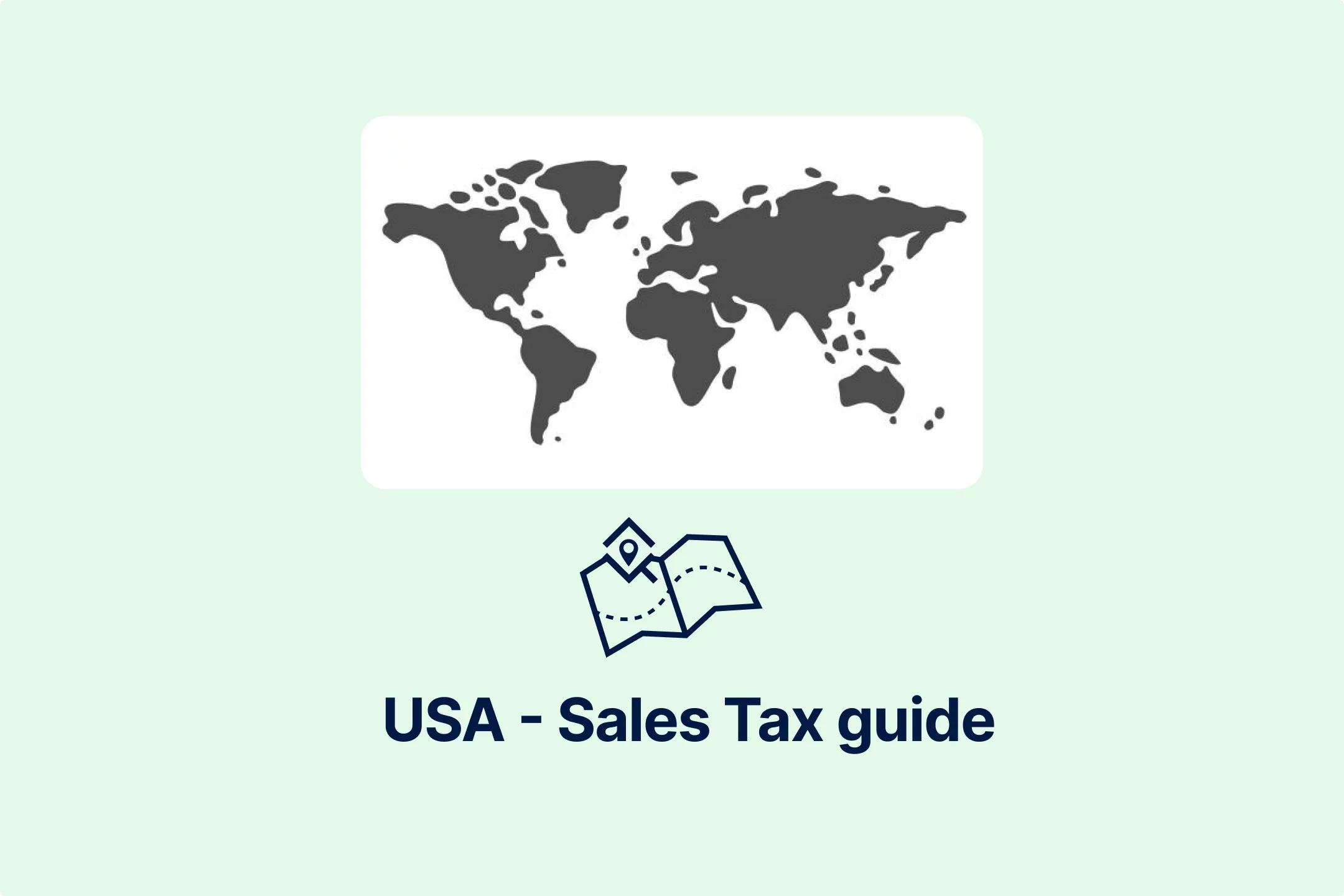

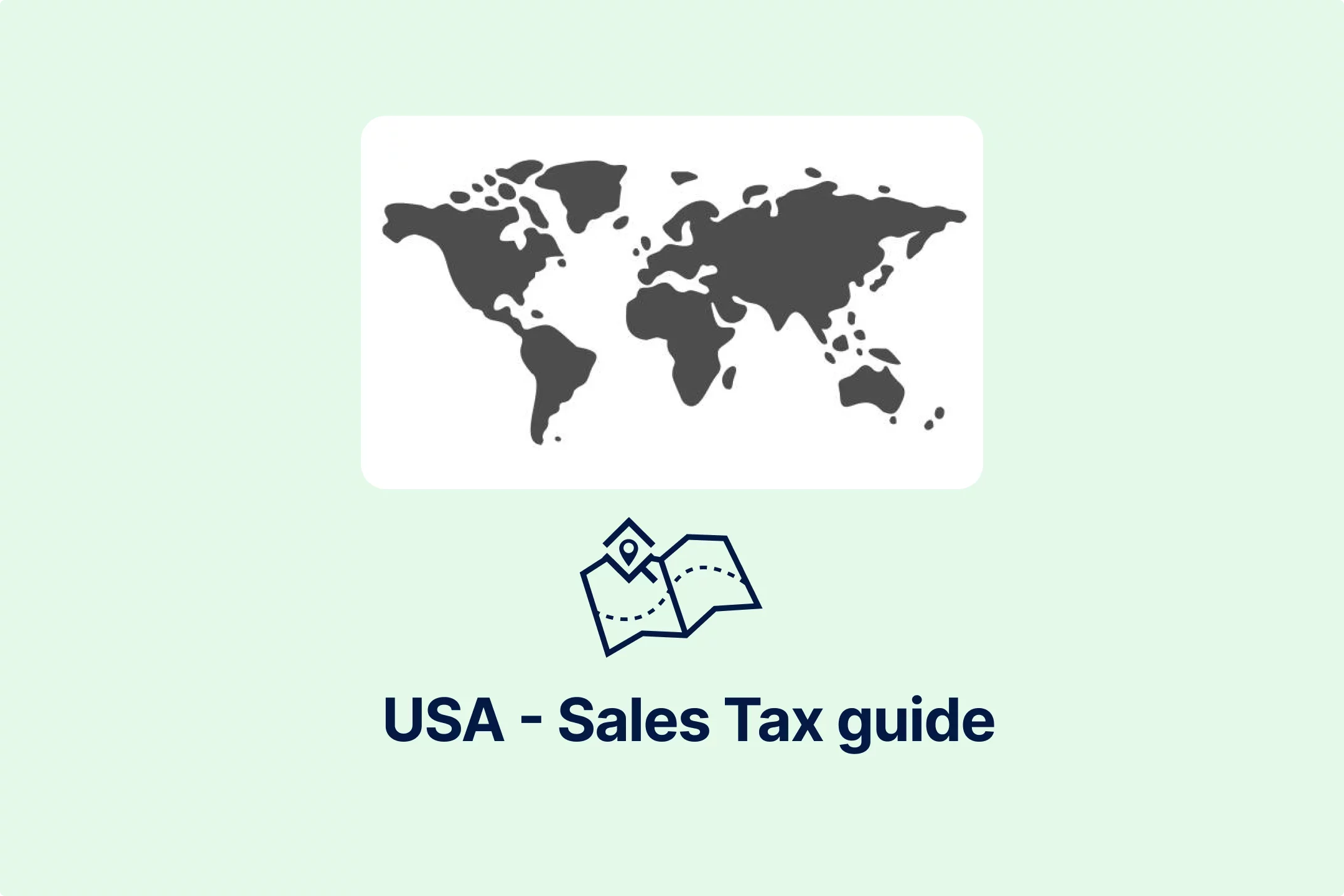
-sug7vykj81.webp)
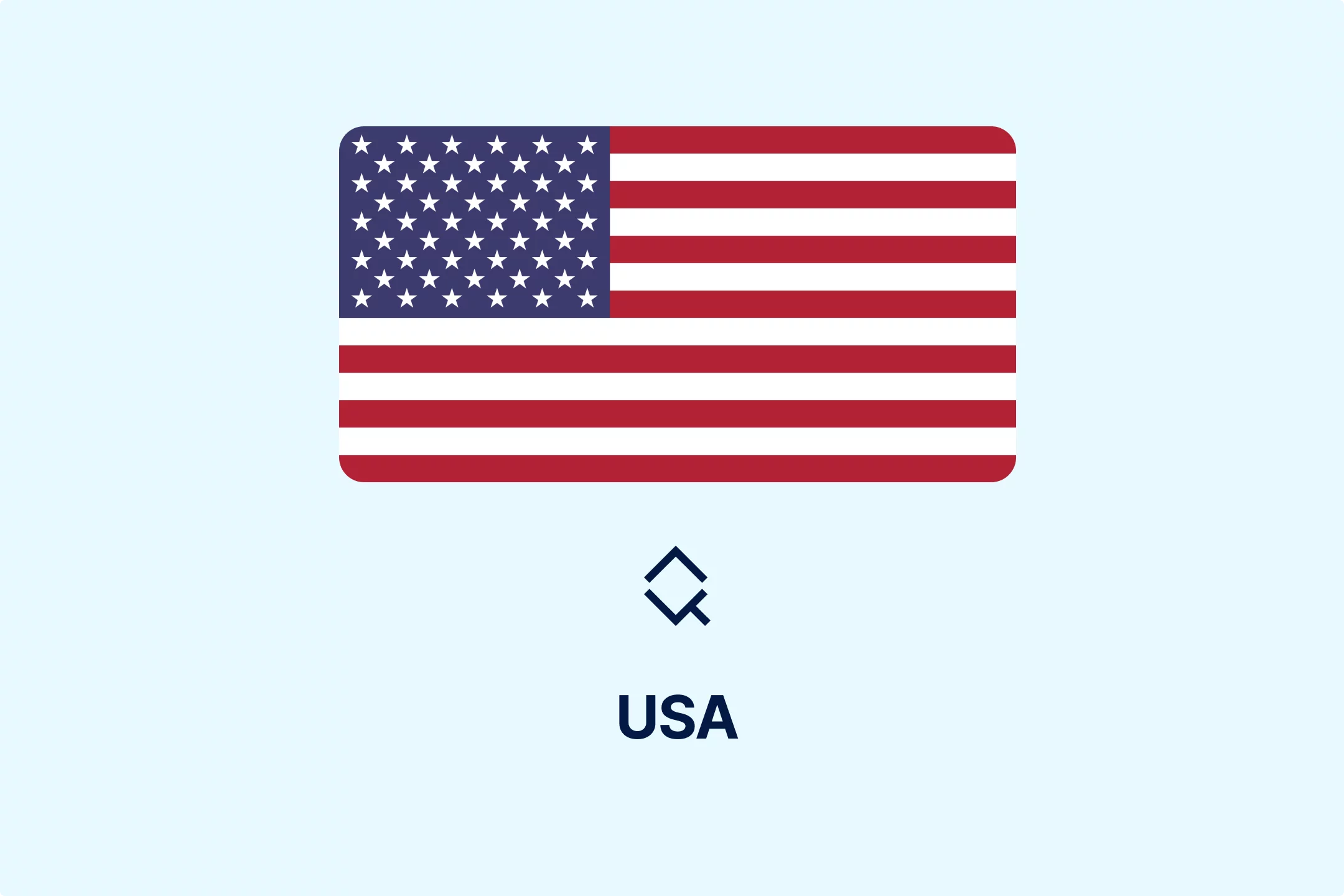
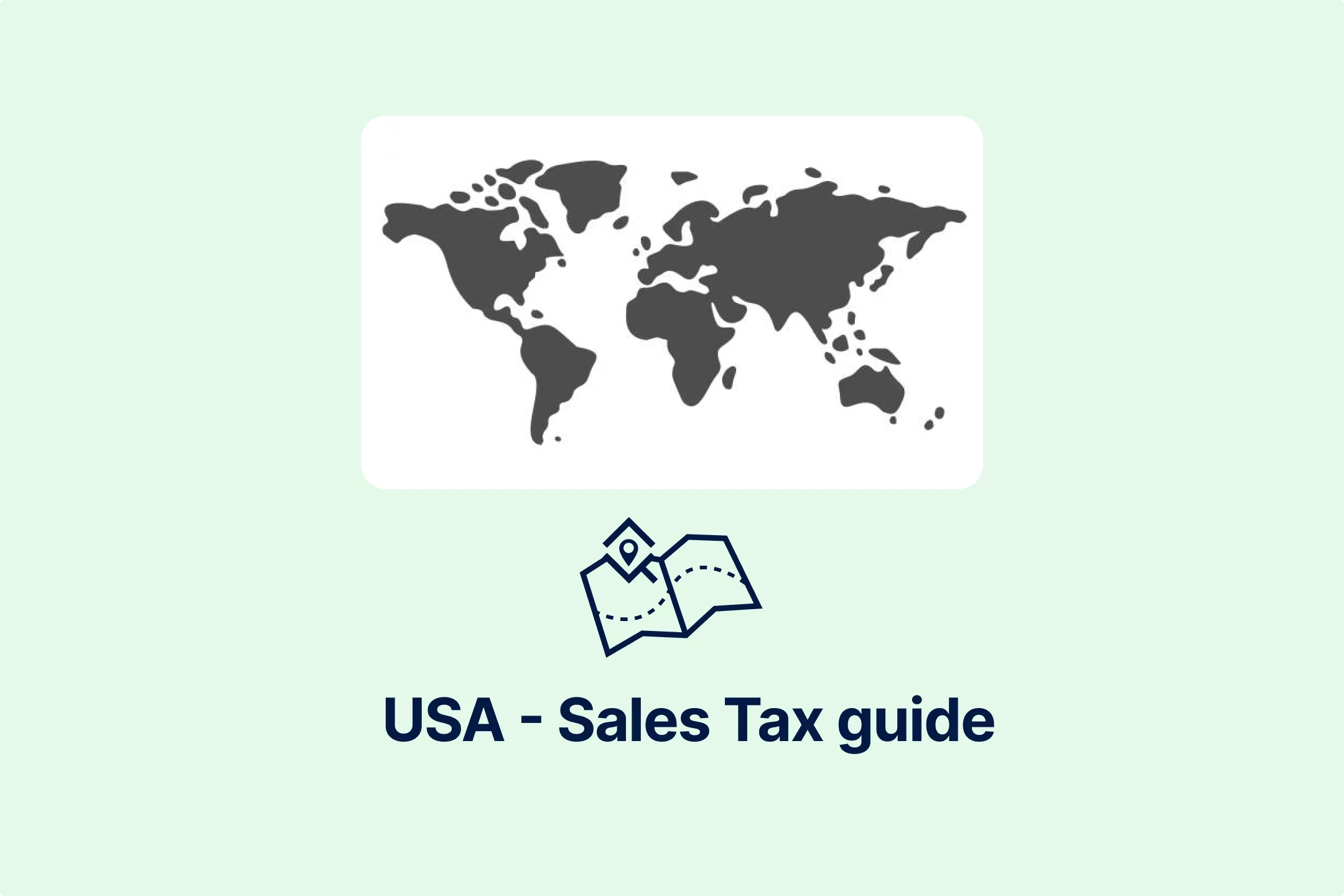

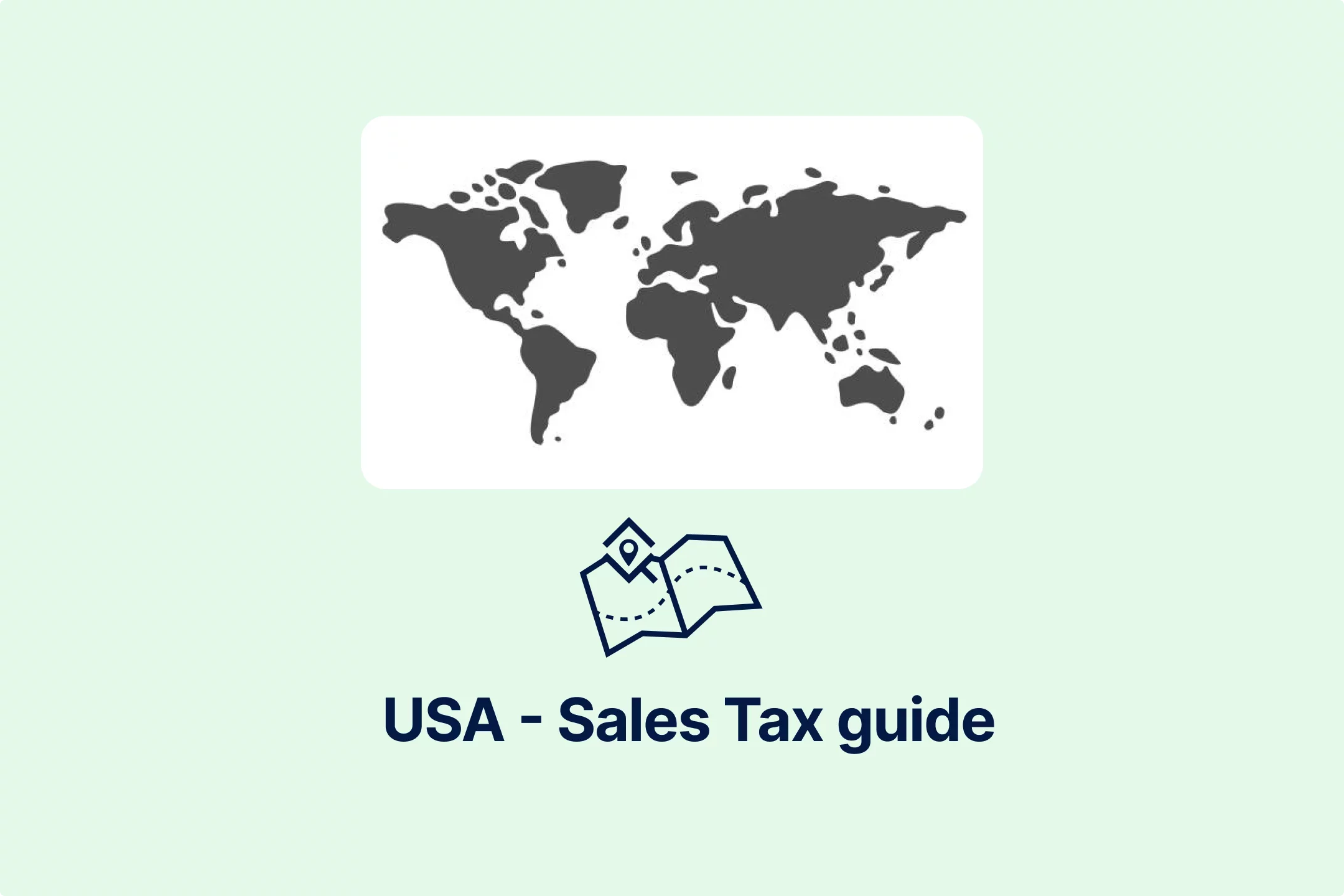
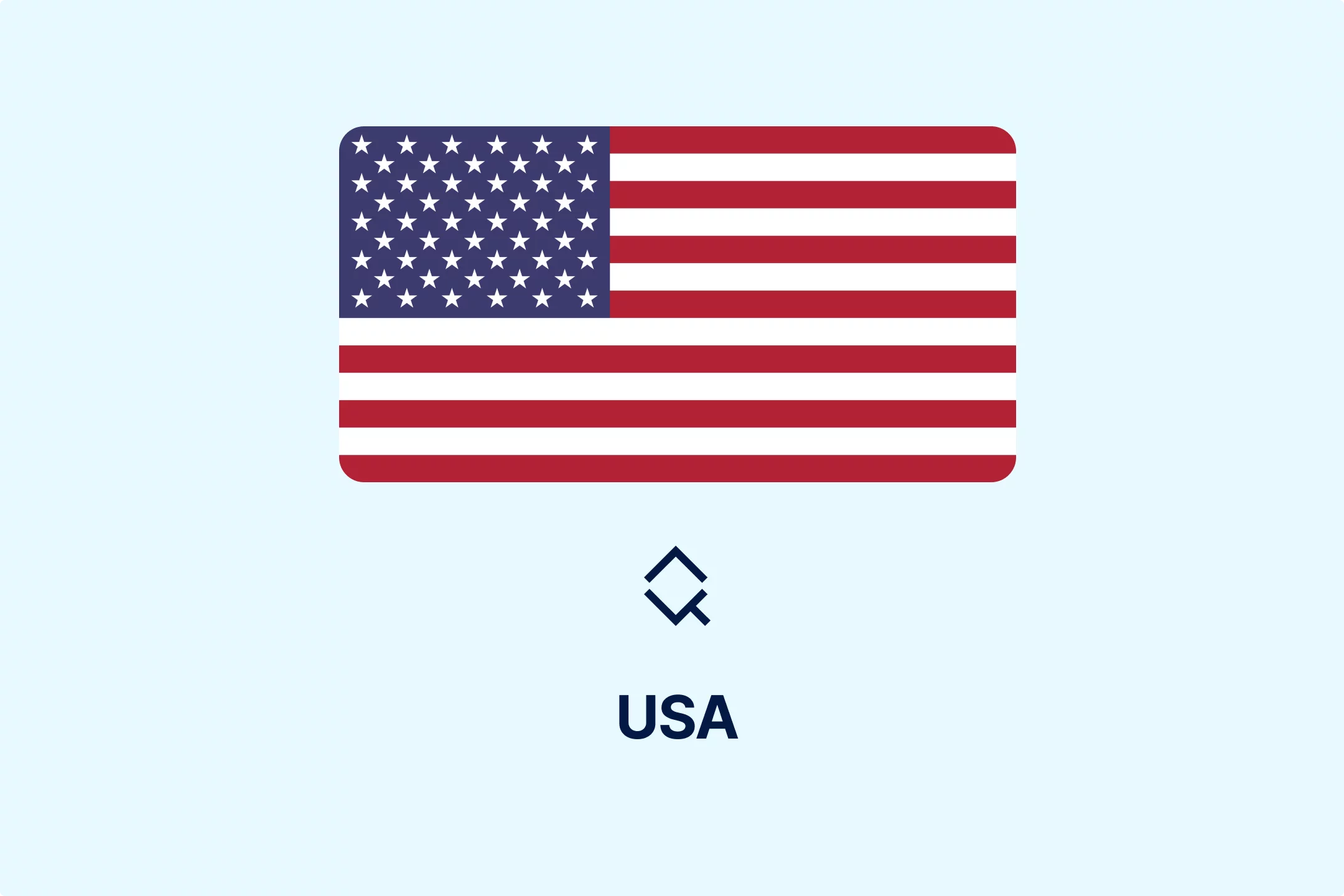
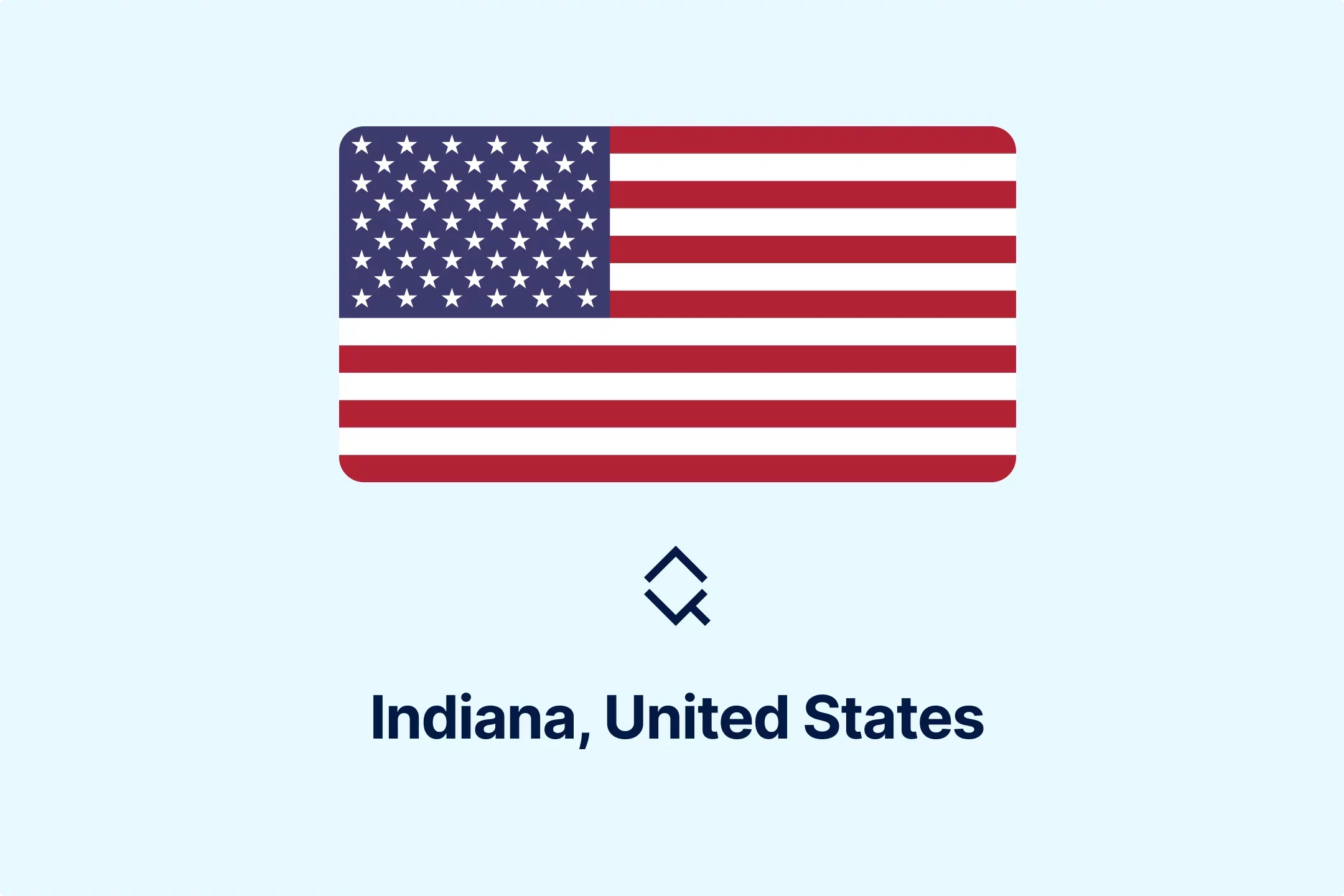
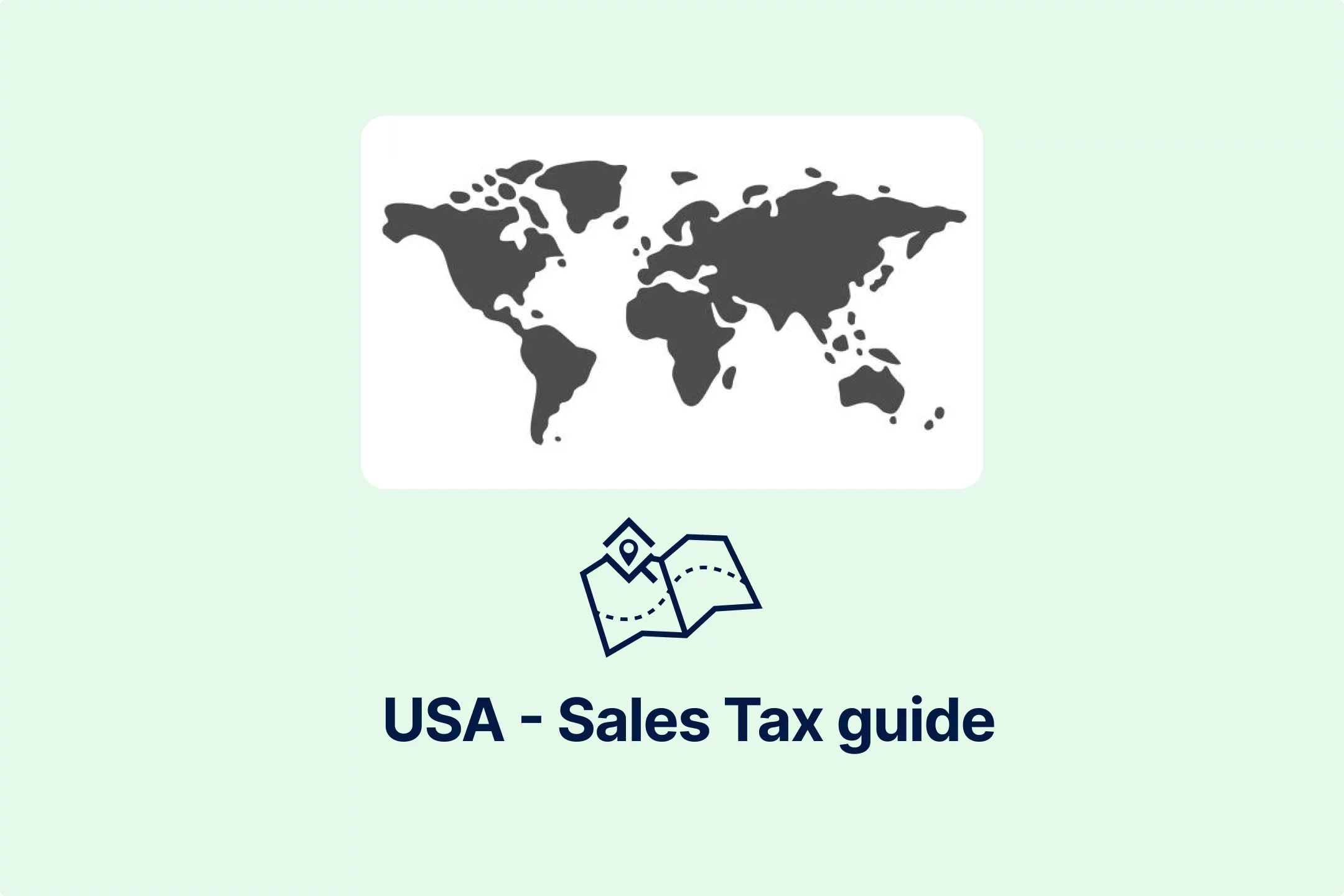
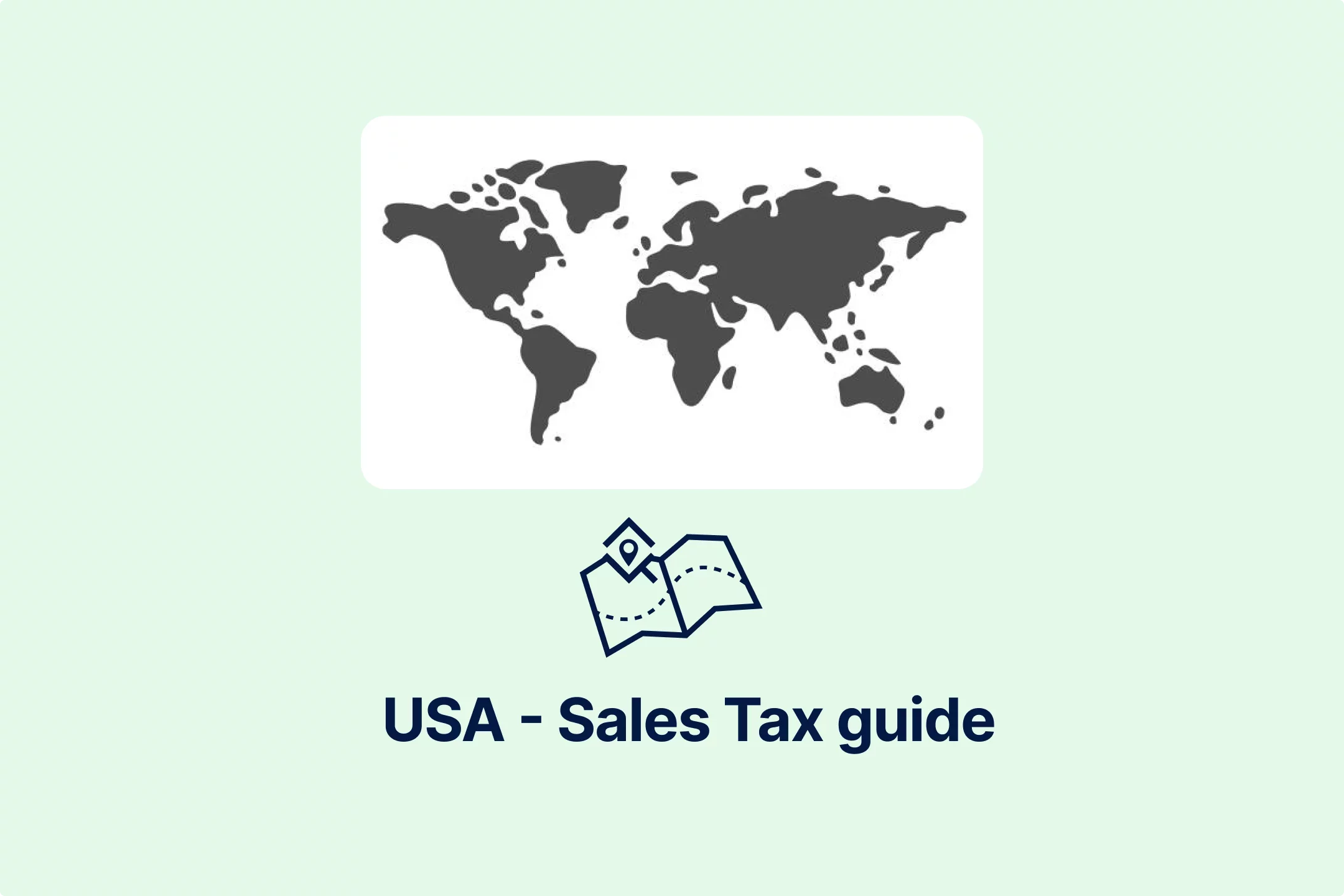

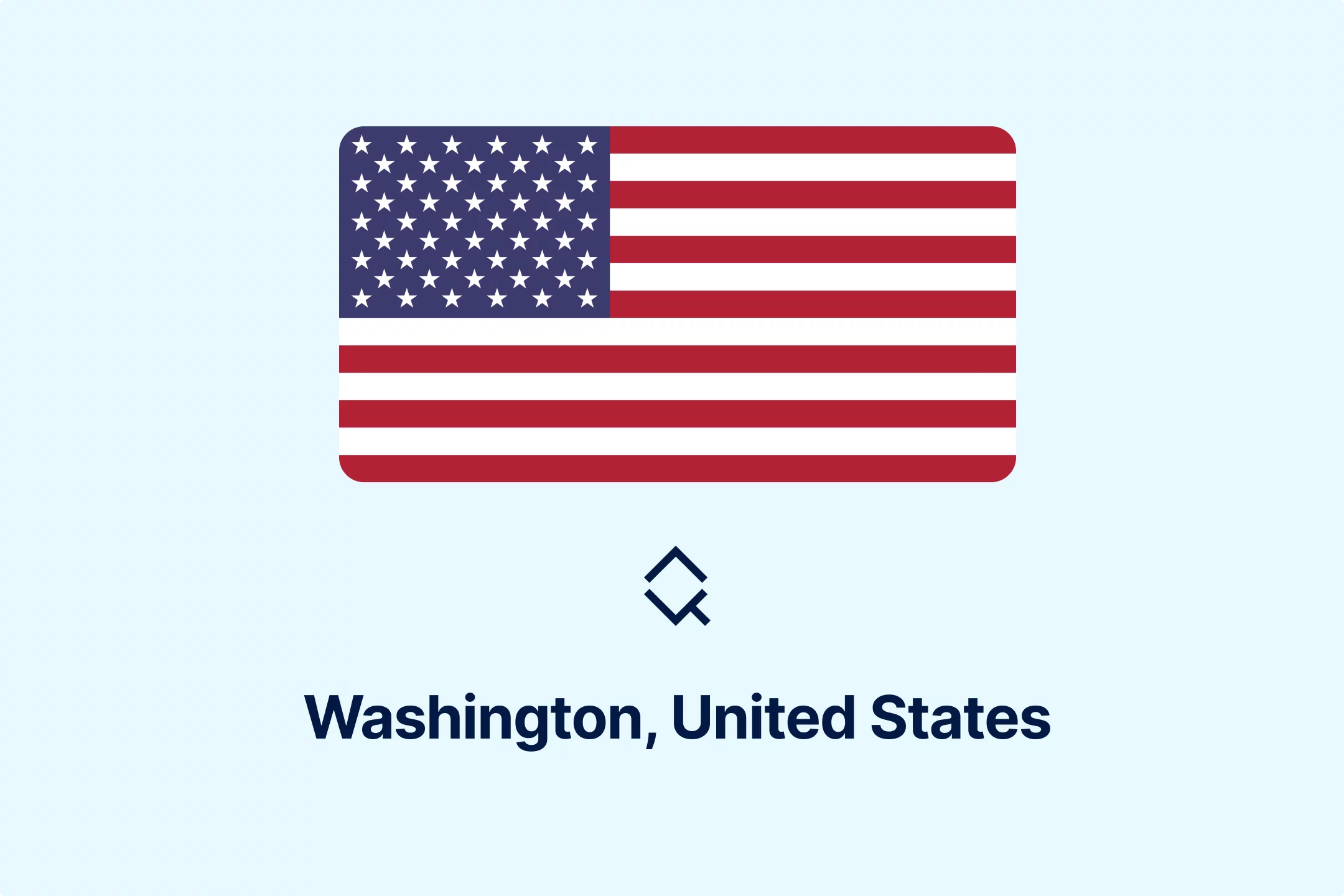

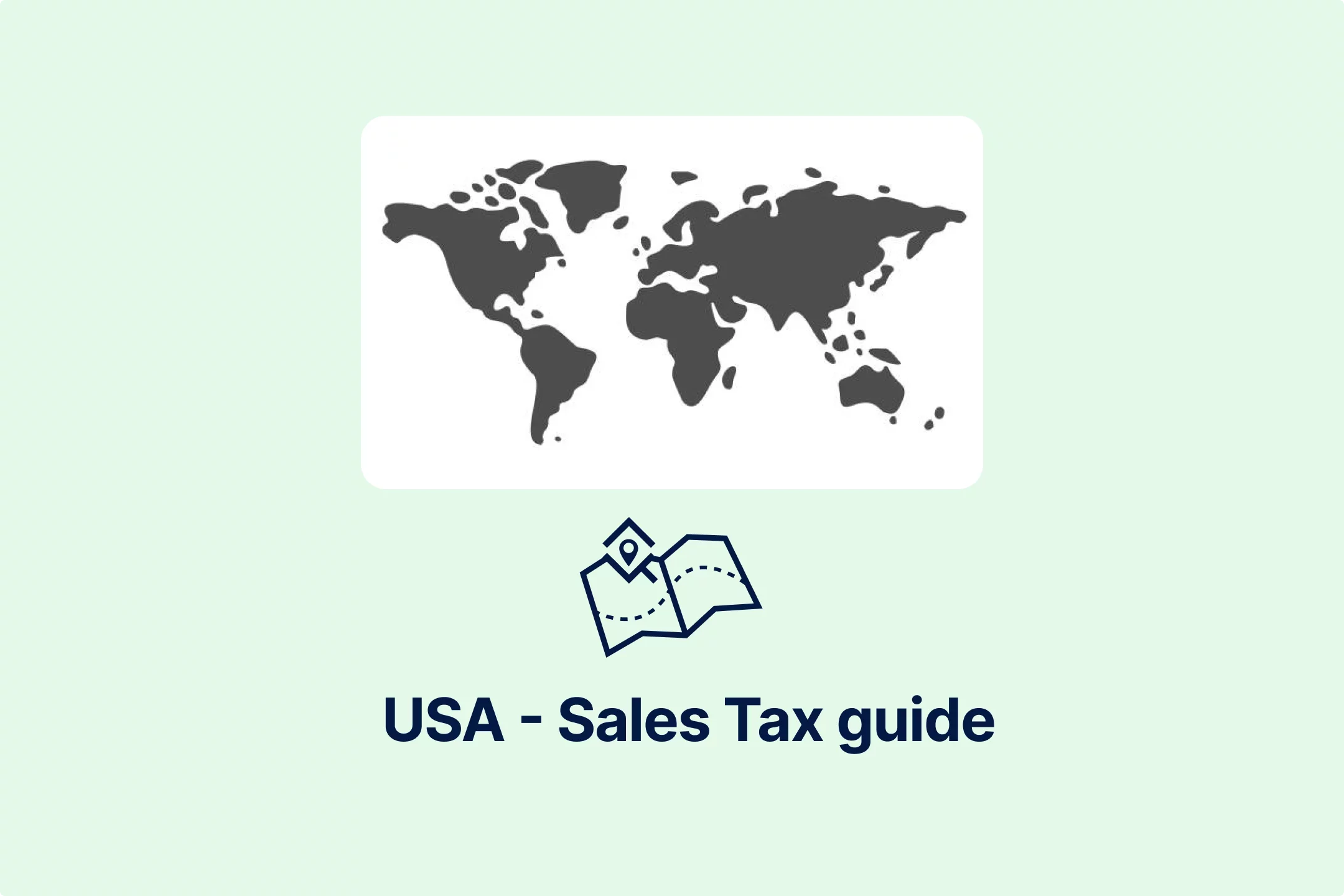
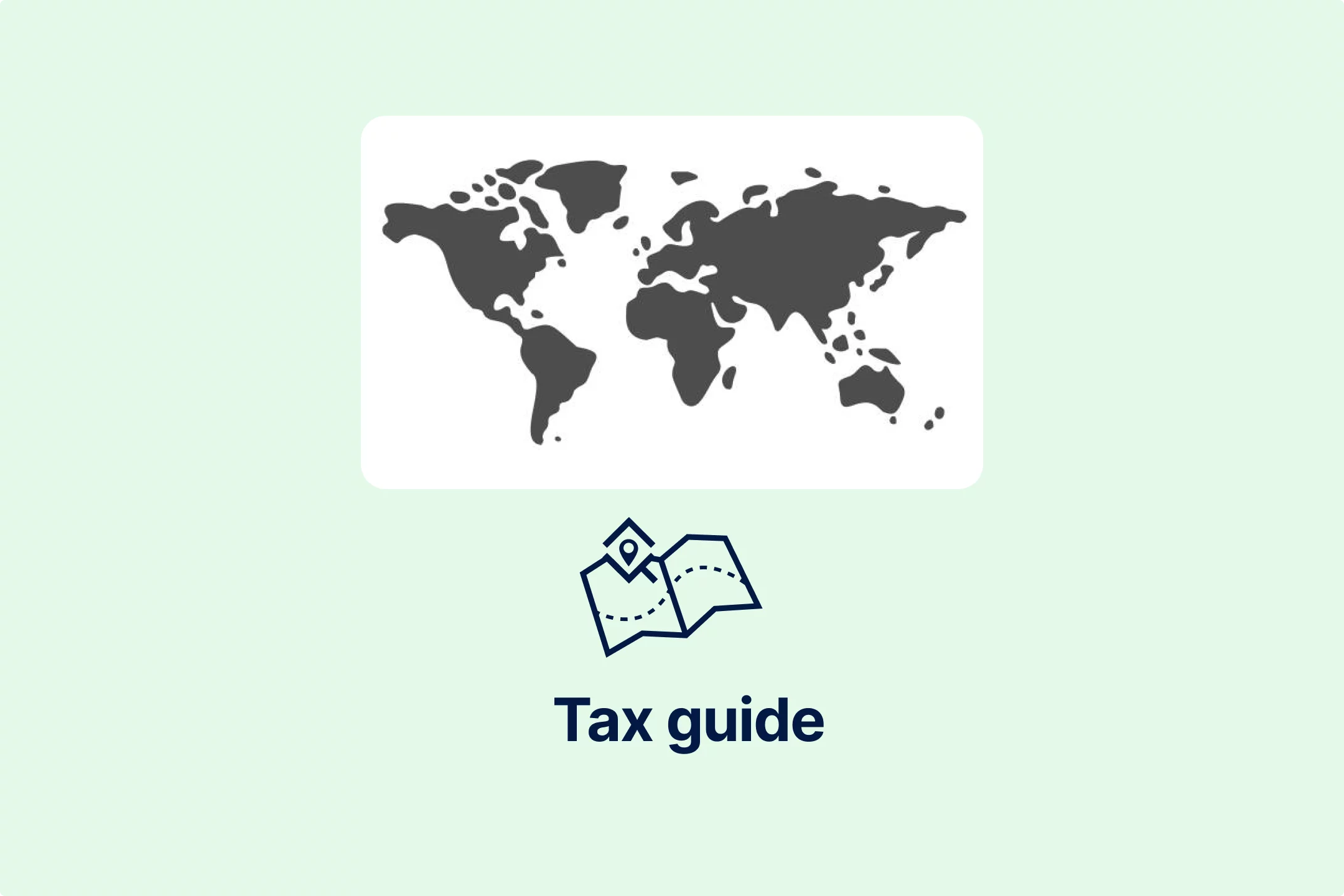
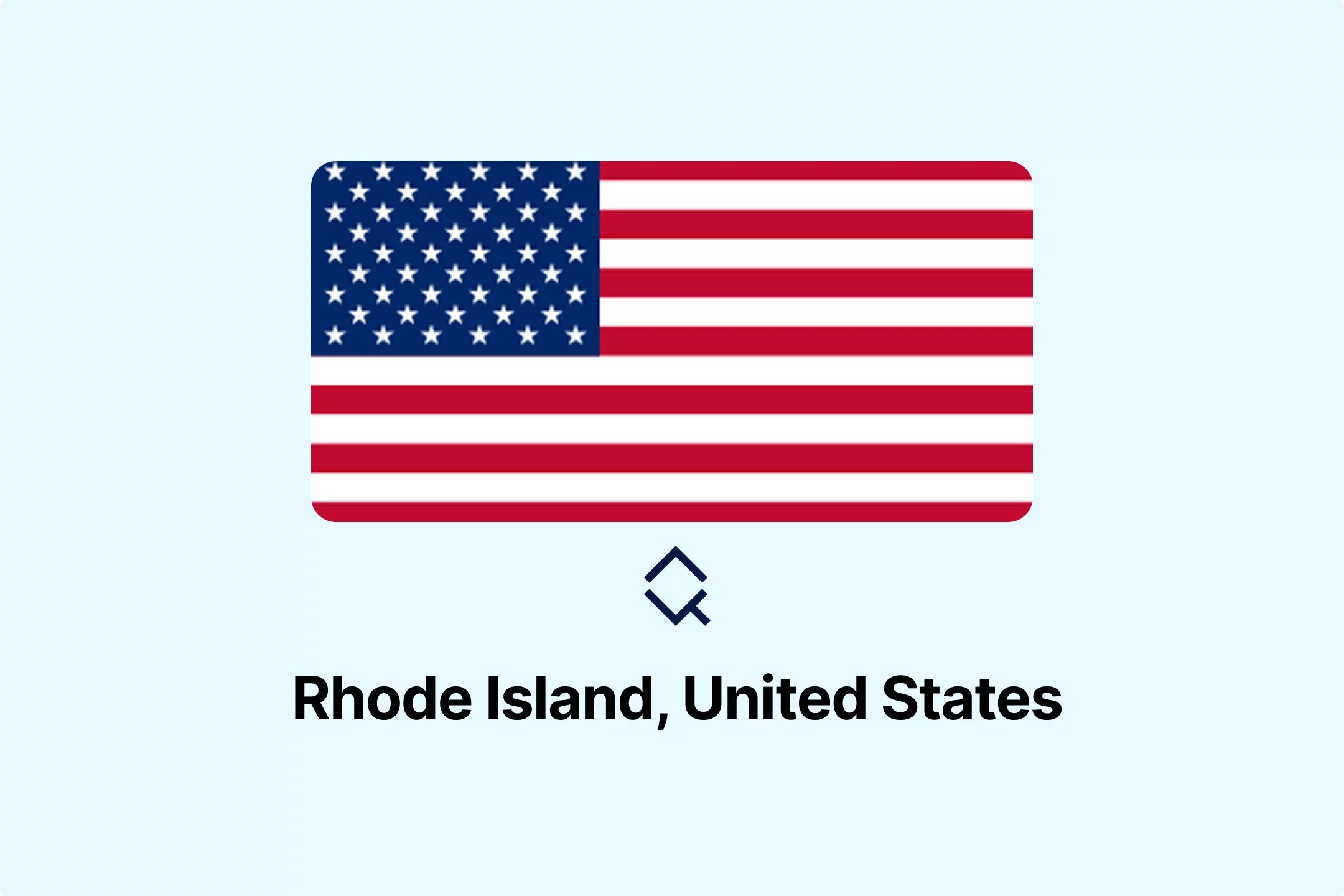
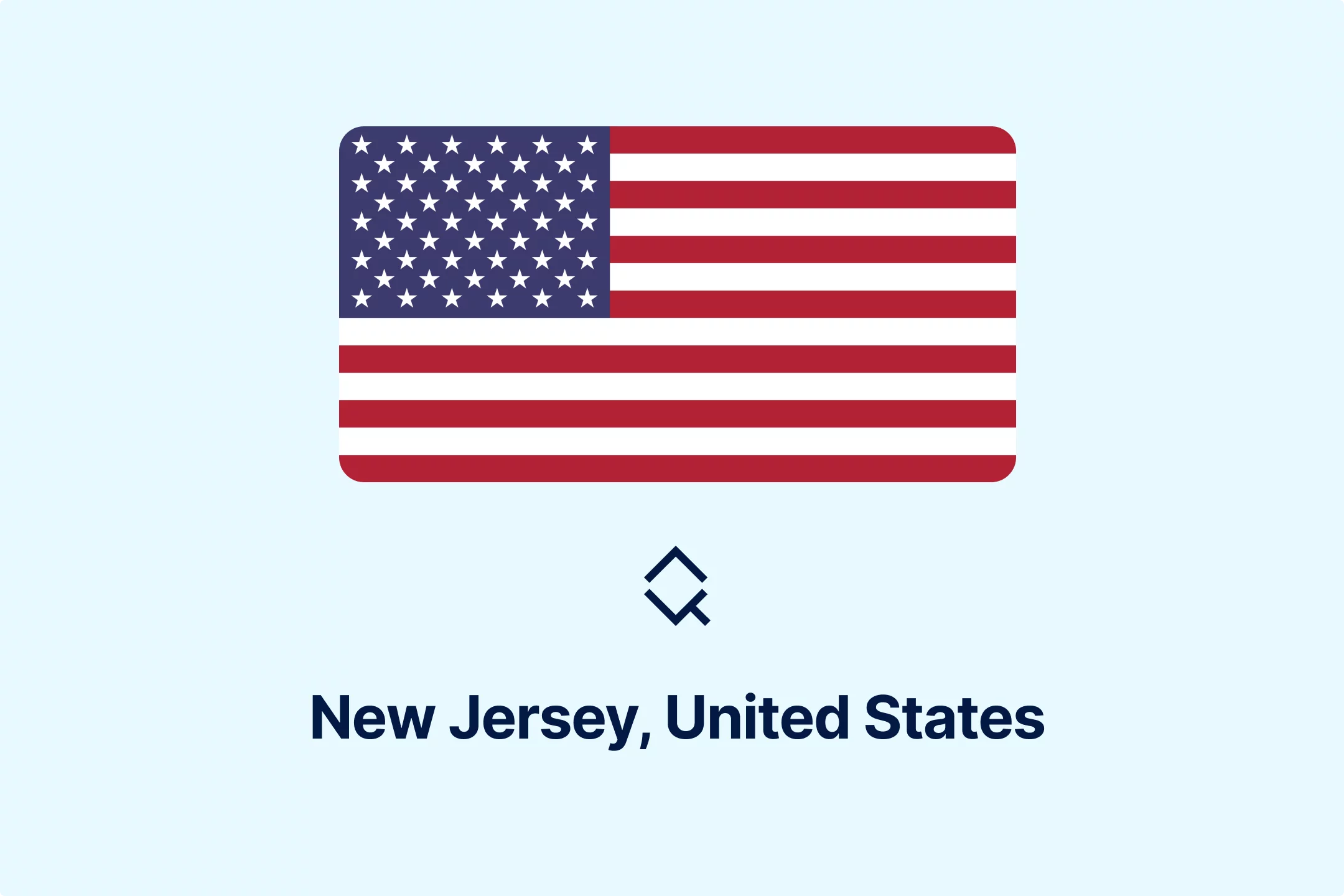

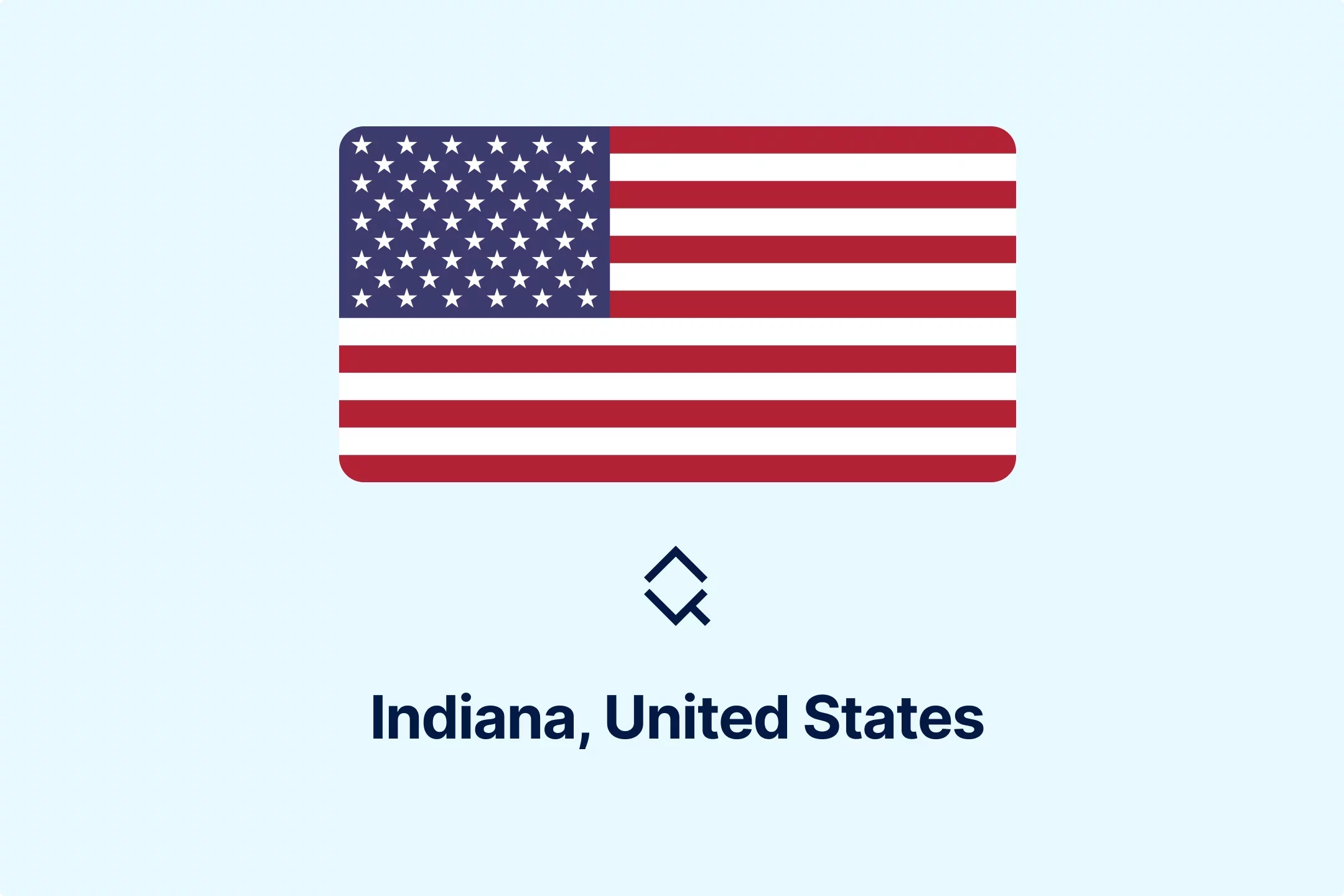
-pofe7ucwz3.webp)
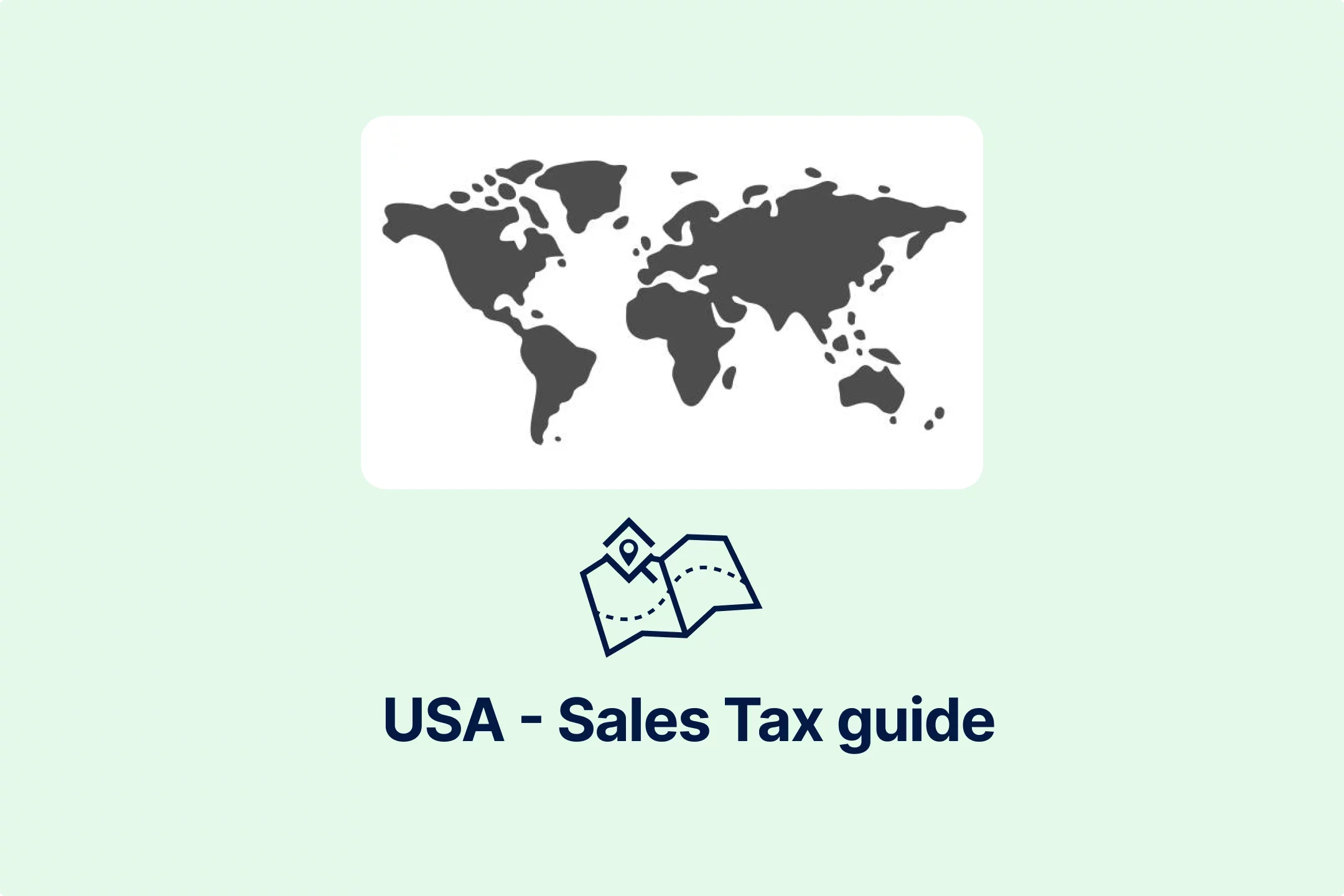
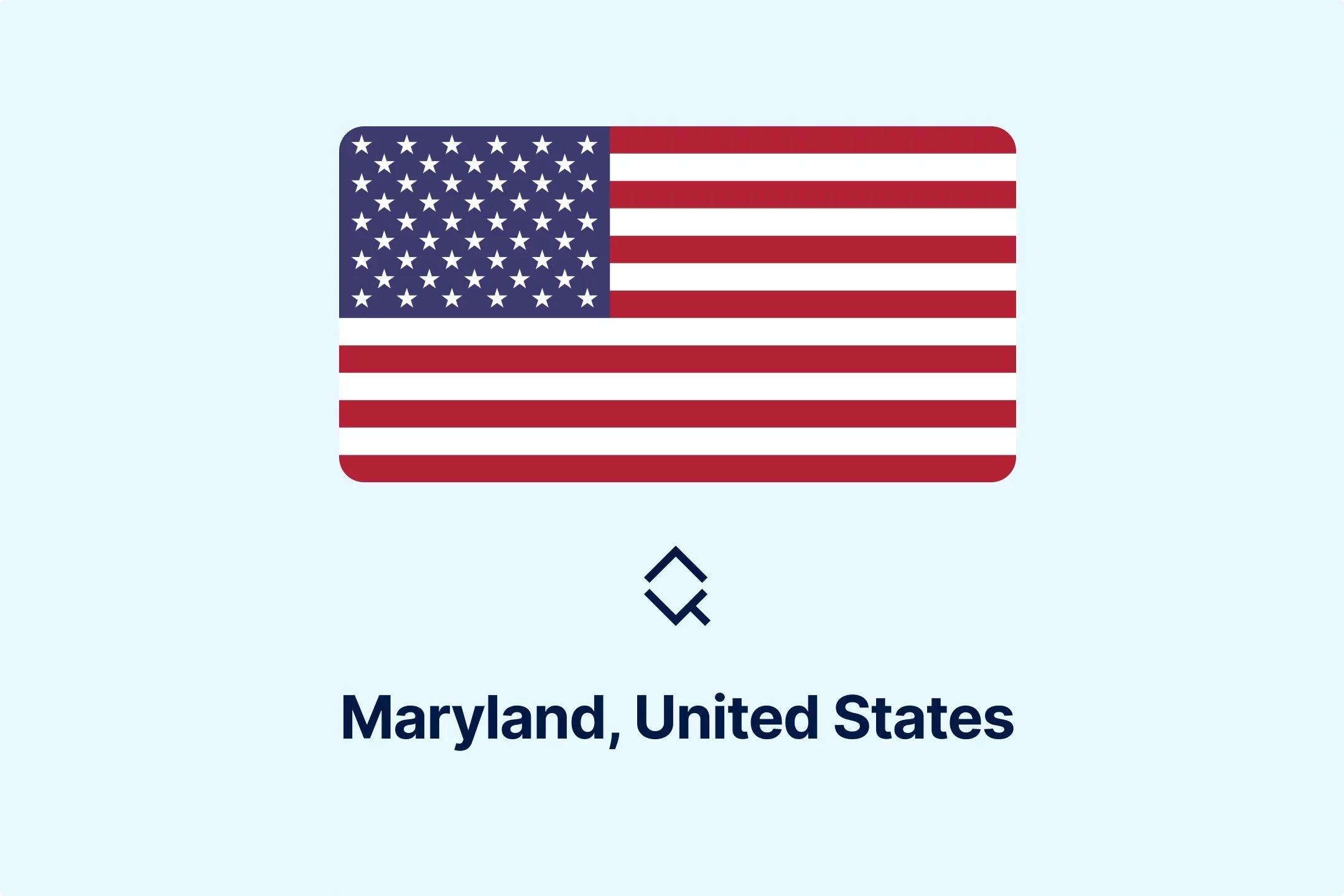
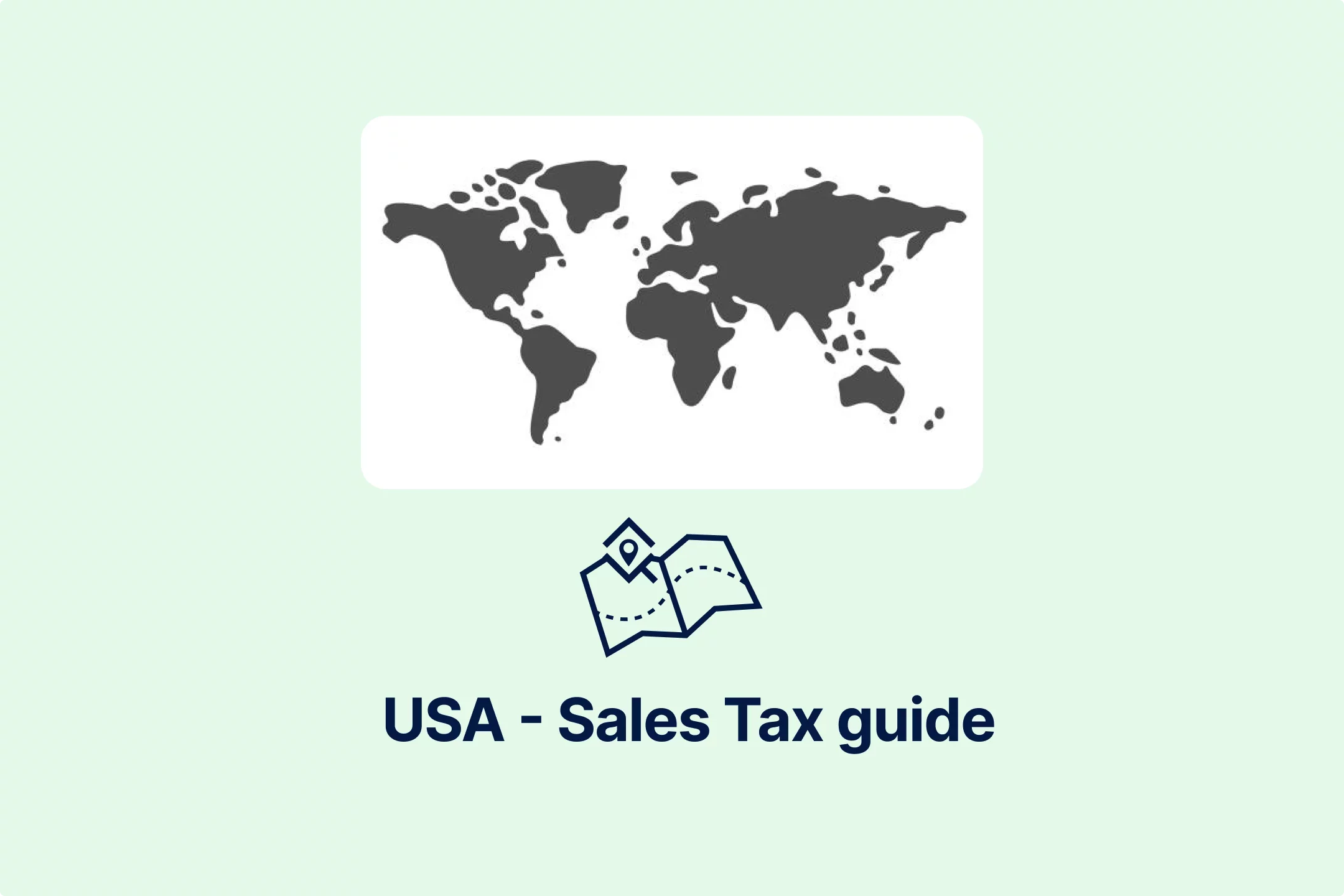
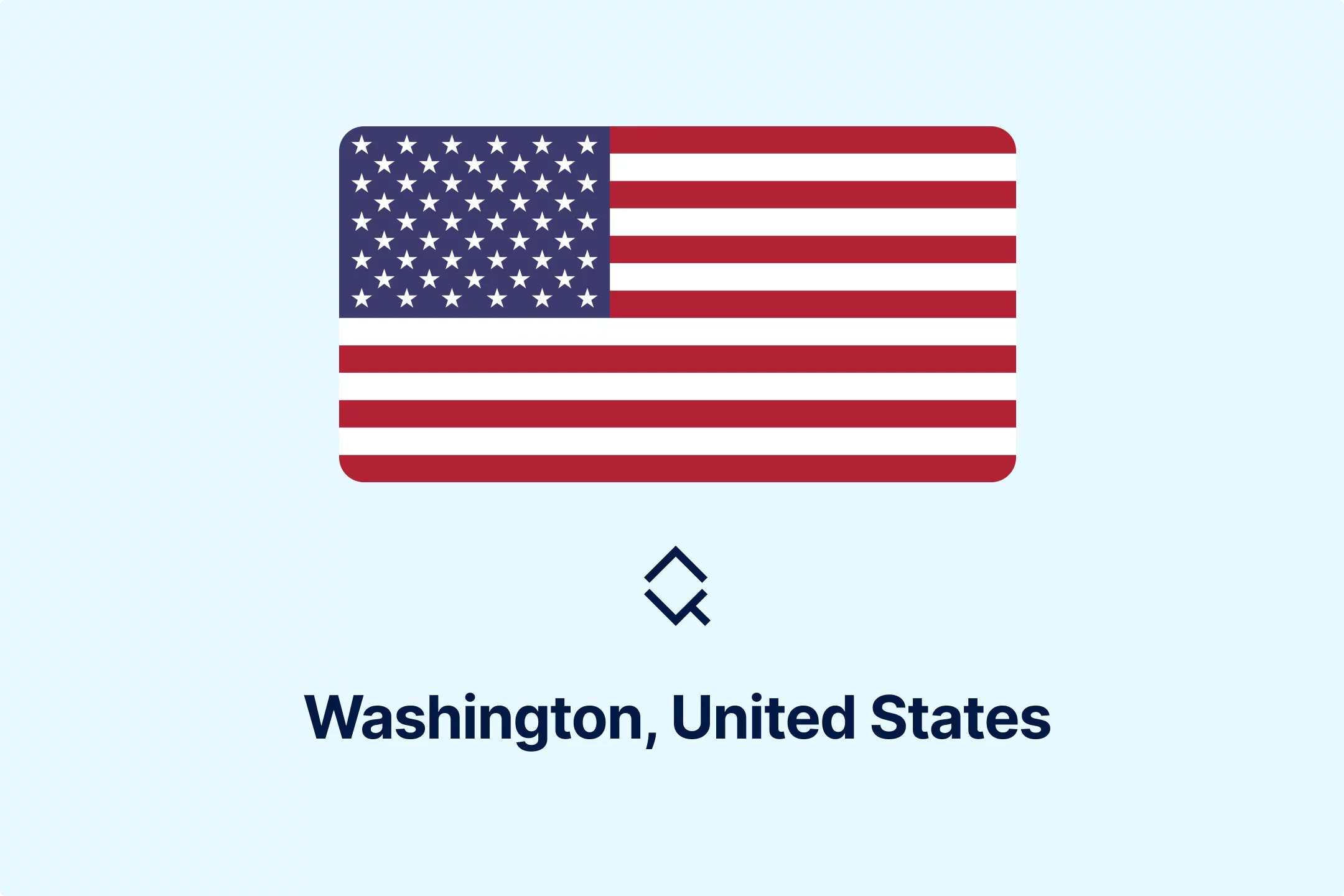
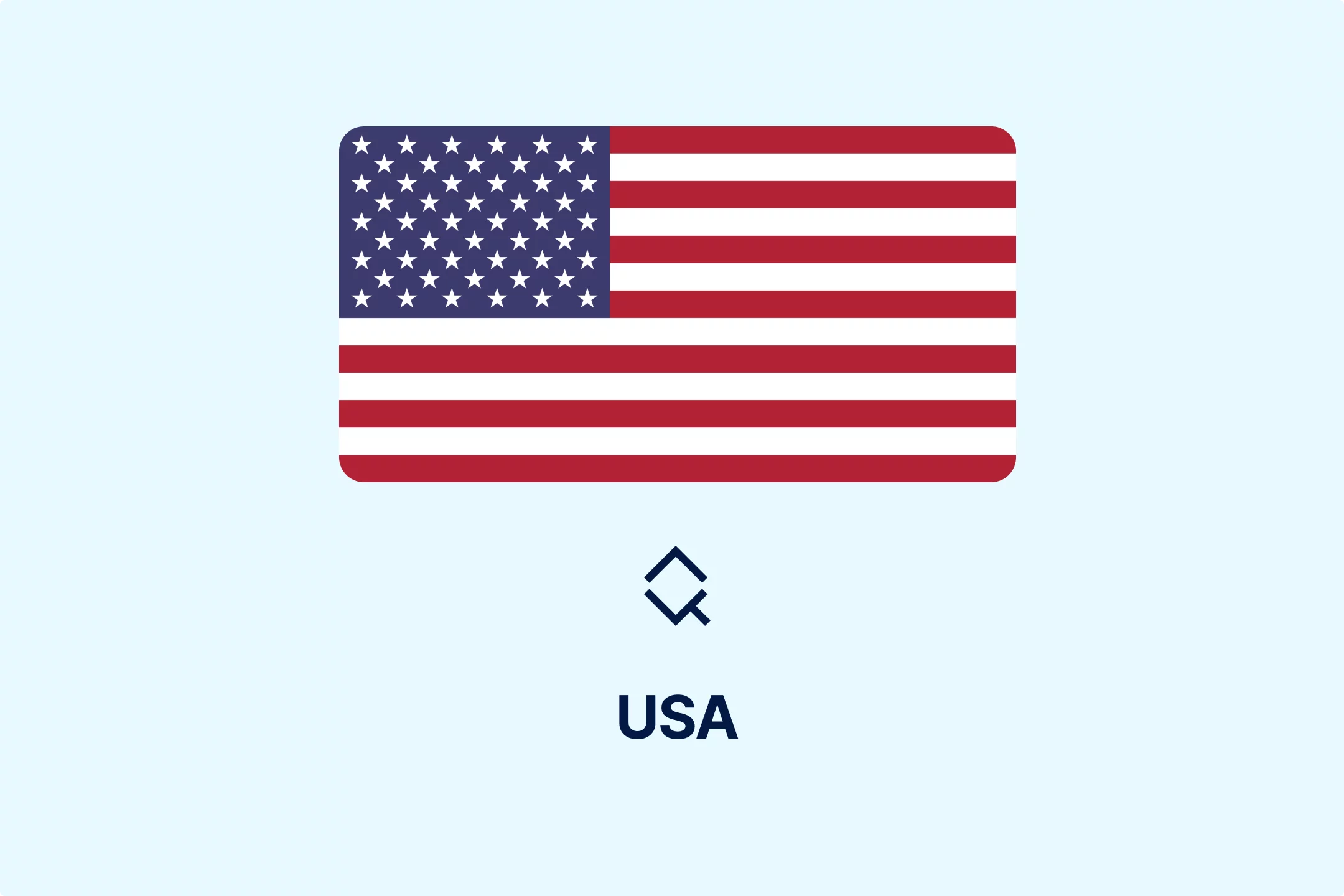
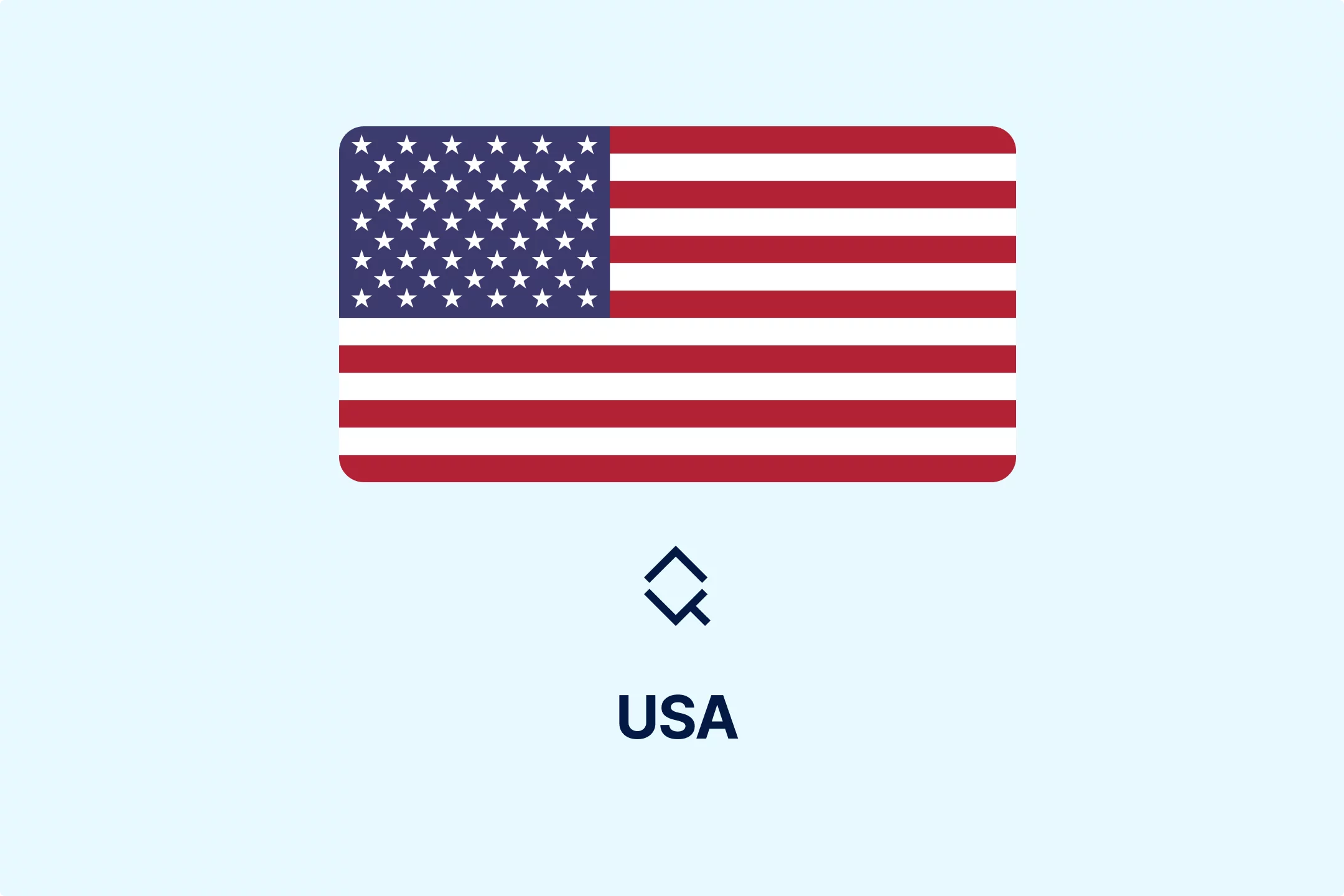
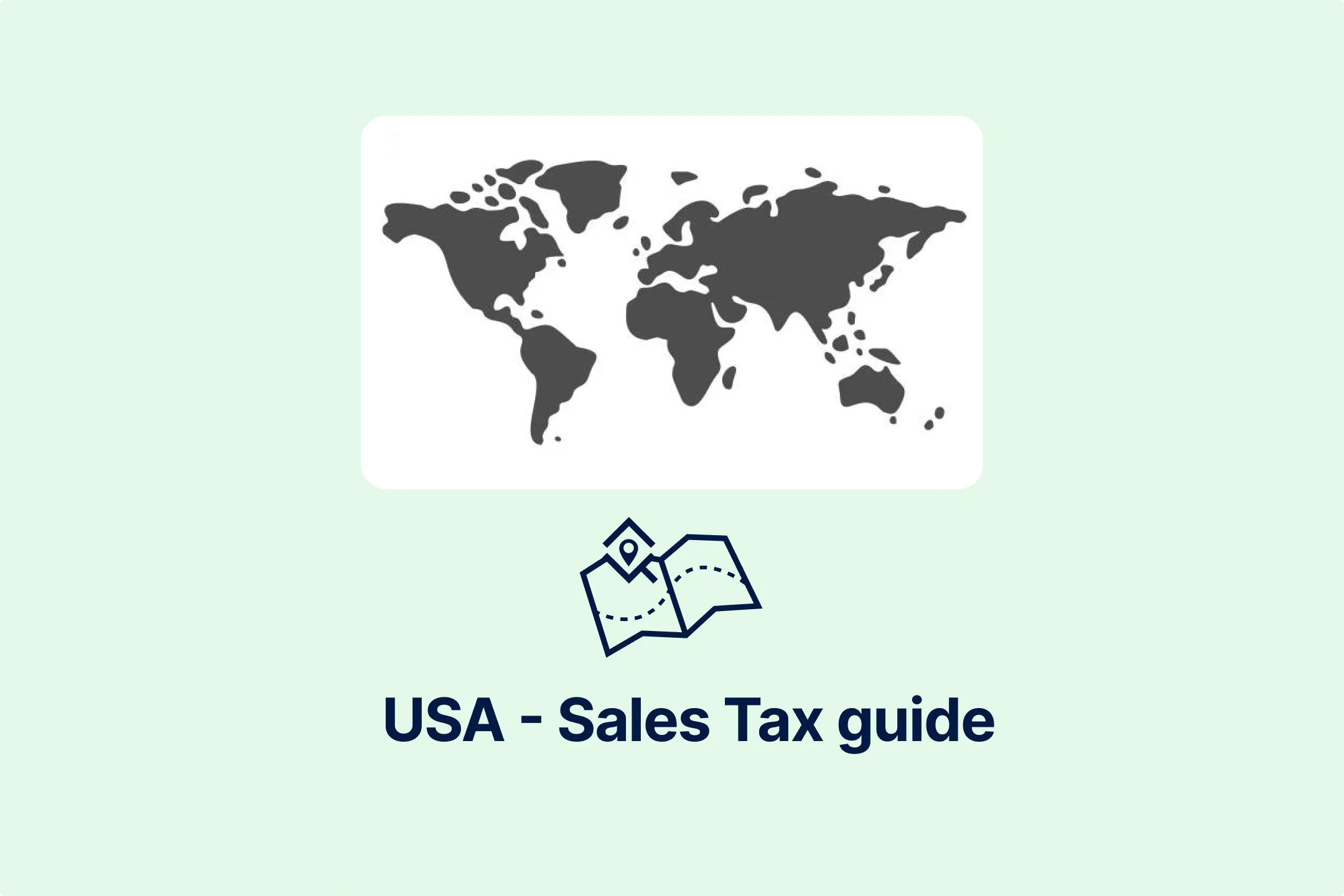

-de8hdb1bn3.webp)
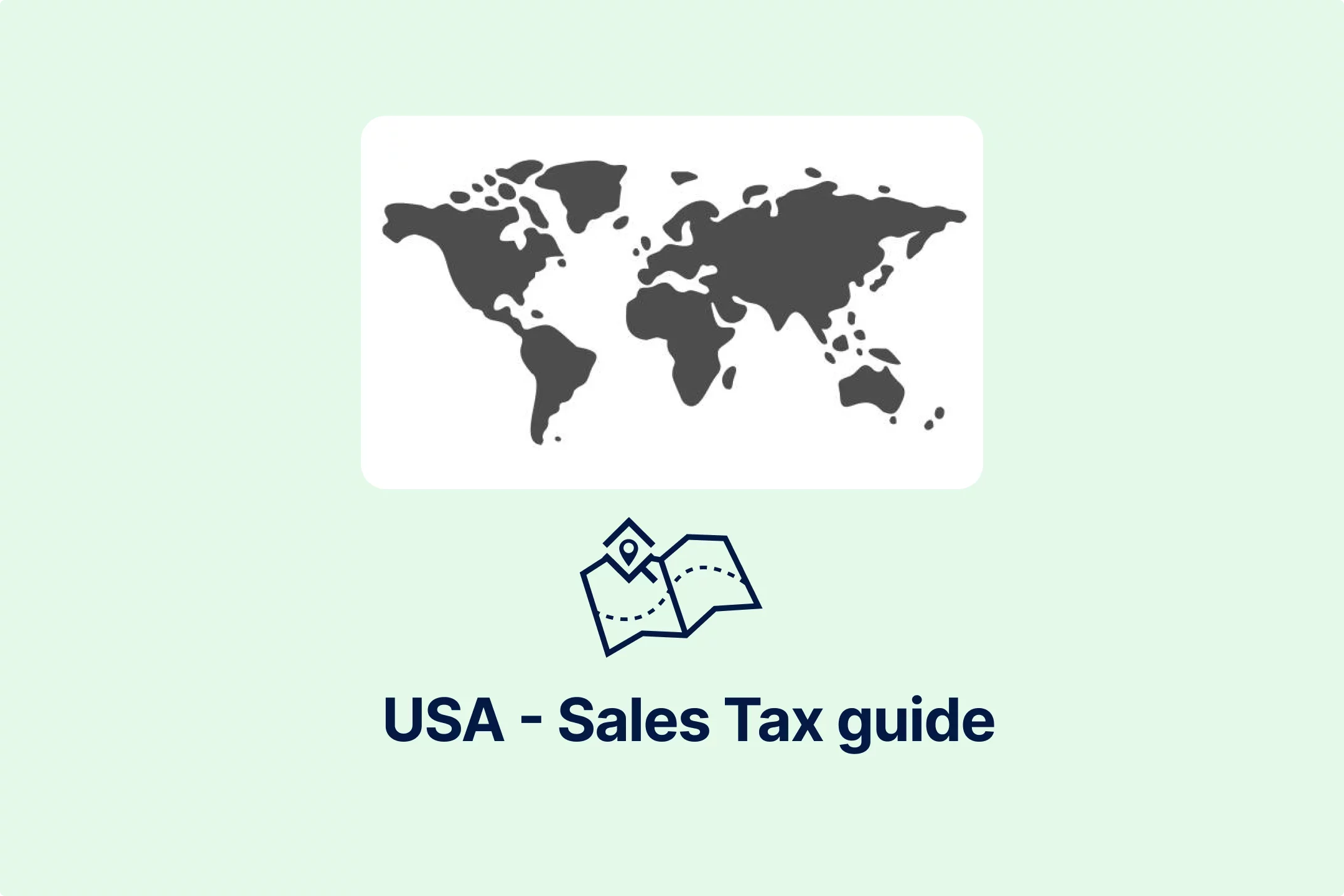
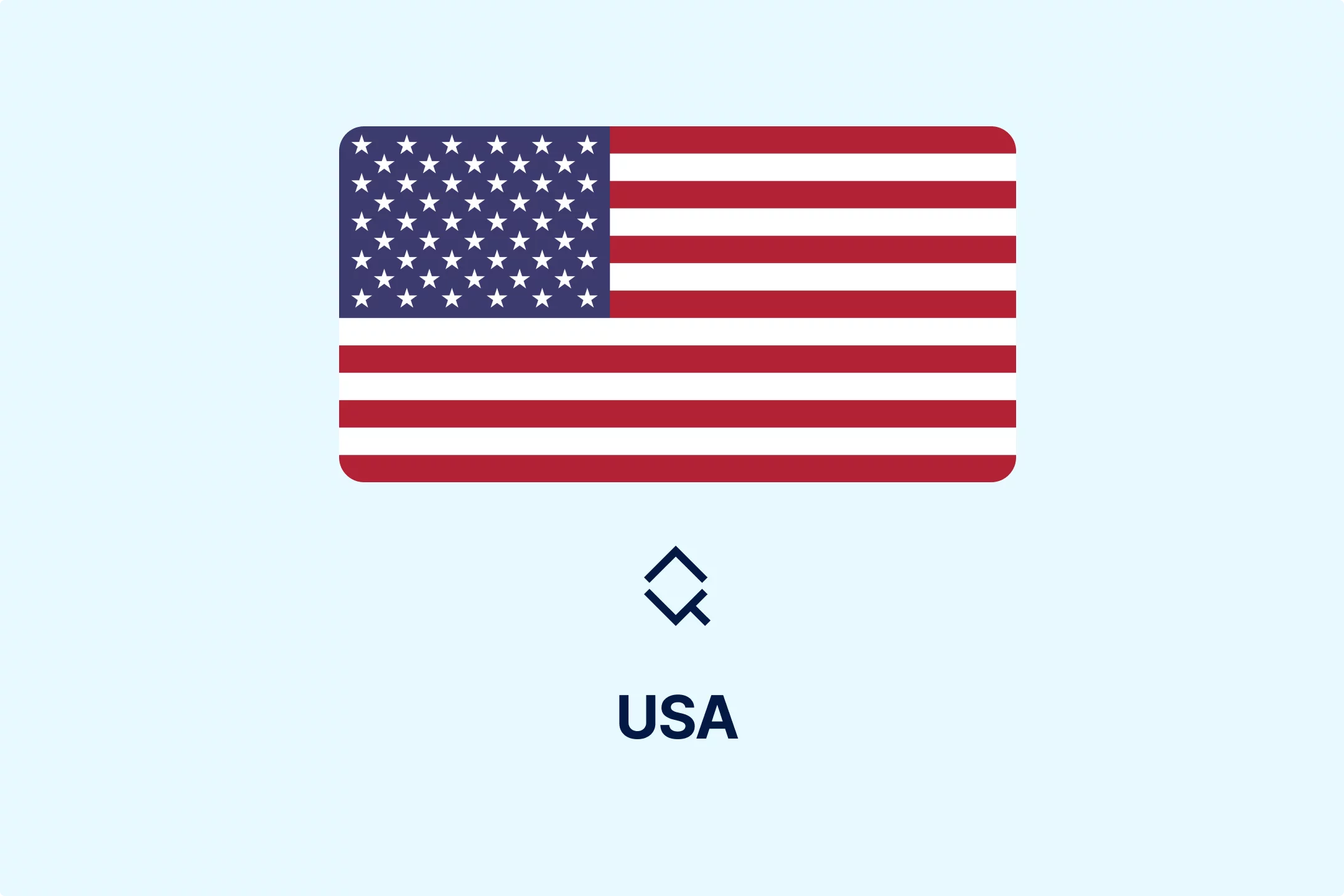
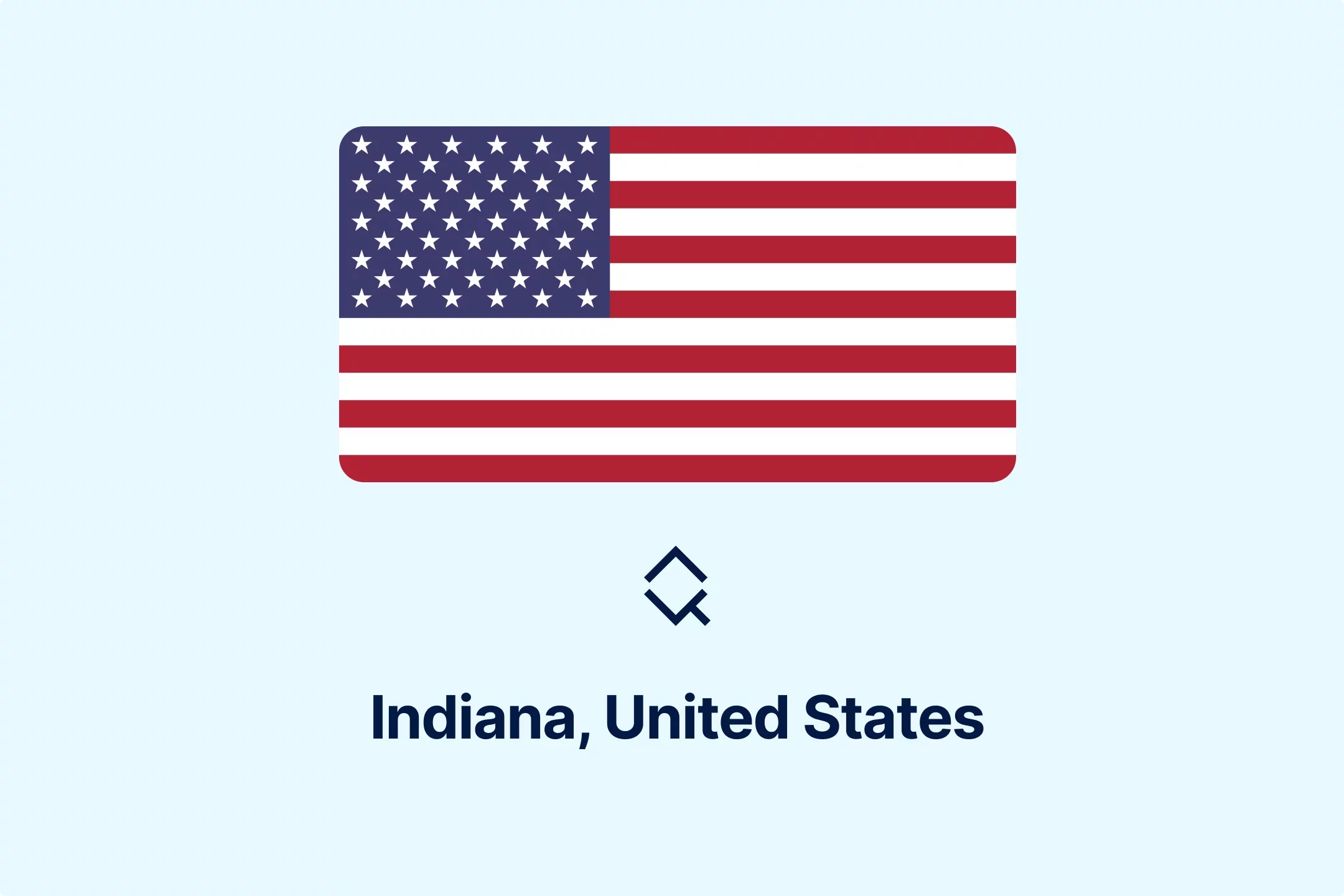





-xbhr0m4jsb.webp)


-ae6fi6cjox.webp)



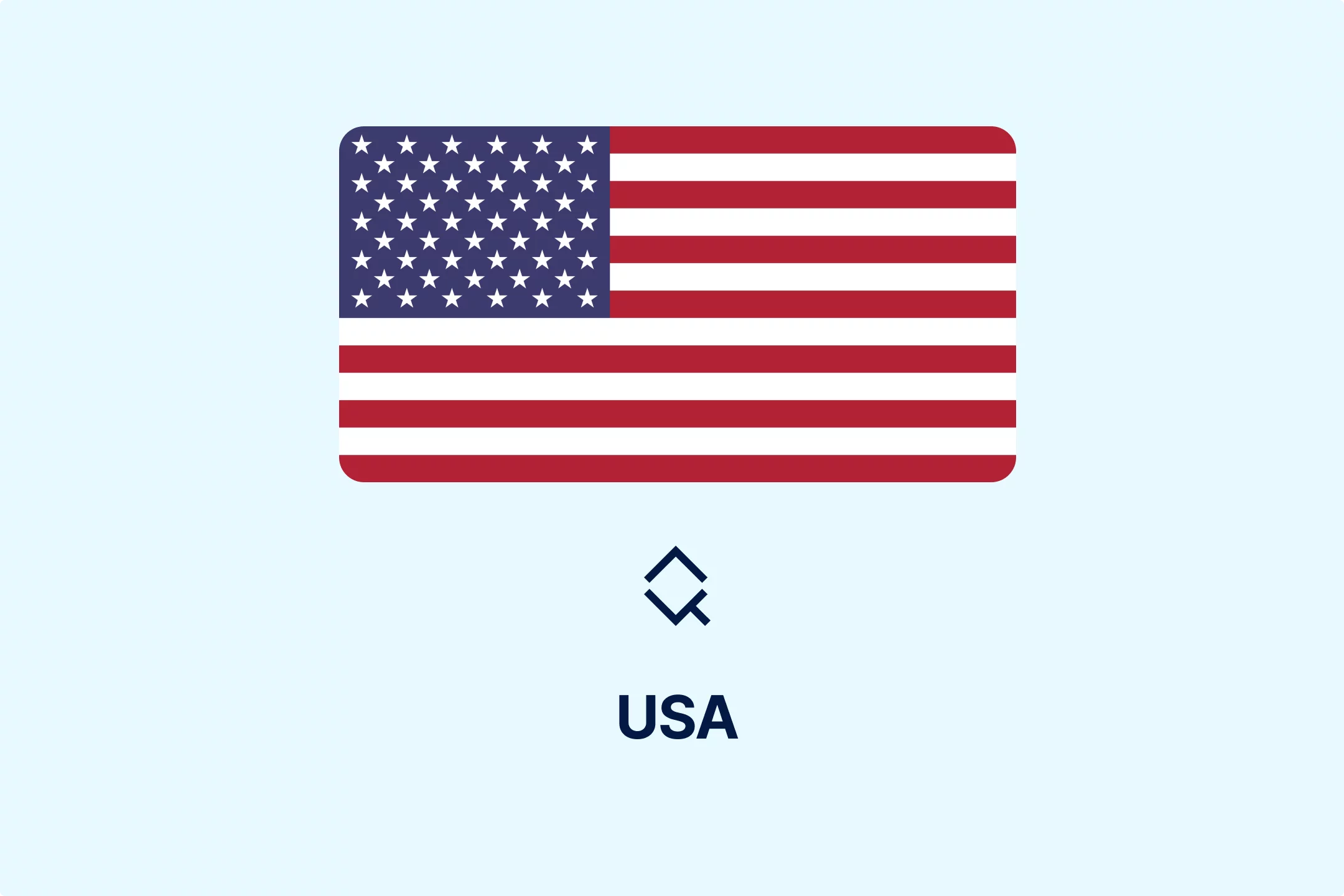

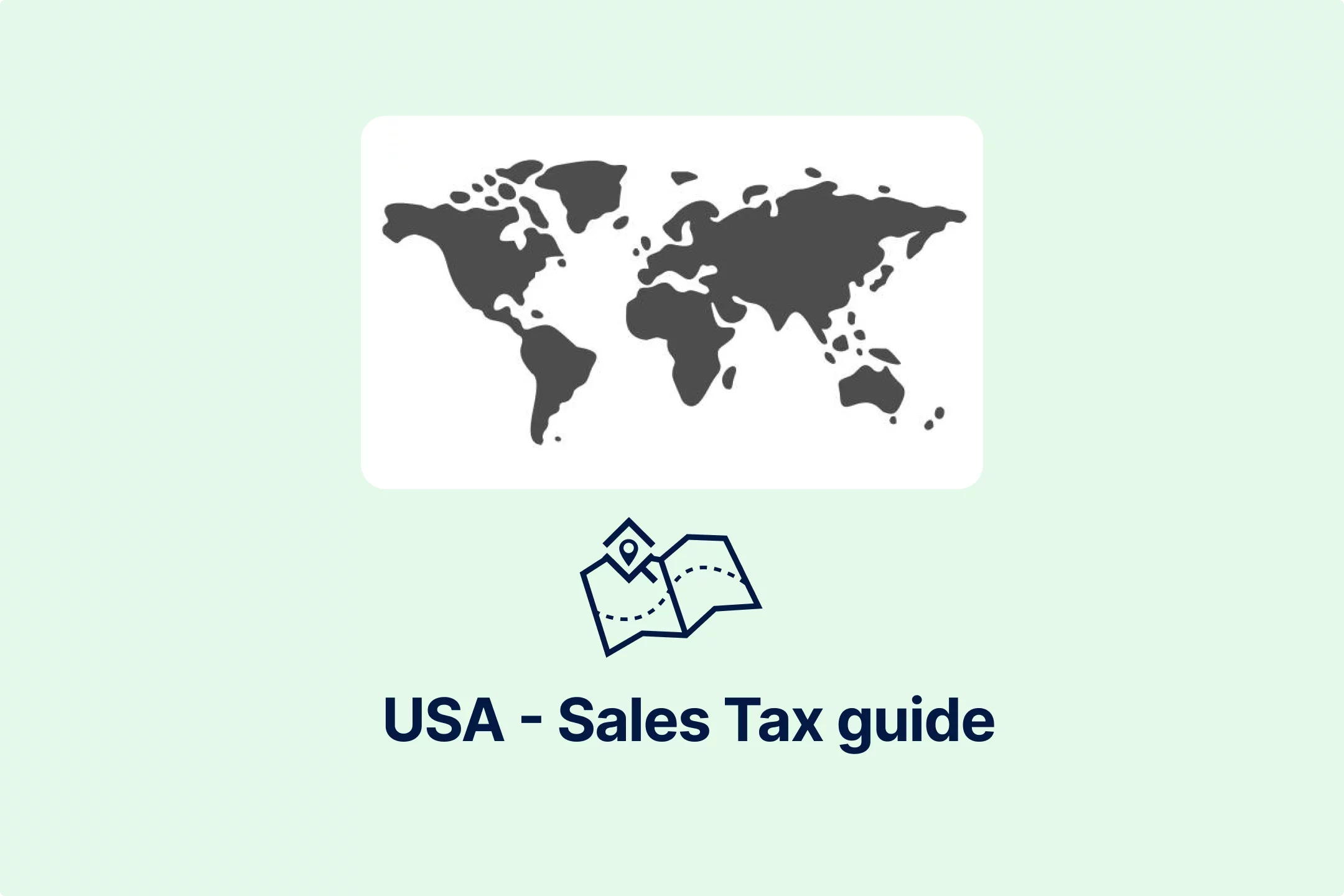








-b0fpsws1w1.webp)





















-x78wuofpzj.webp)
















-b44f1vjl1i.webp)

-priw8nq5xc.webp)


.png)

.png)






























